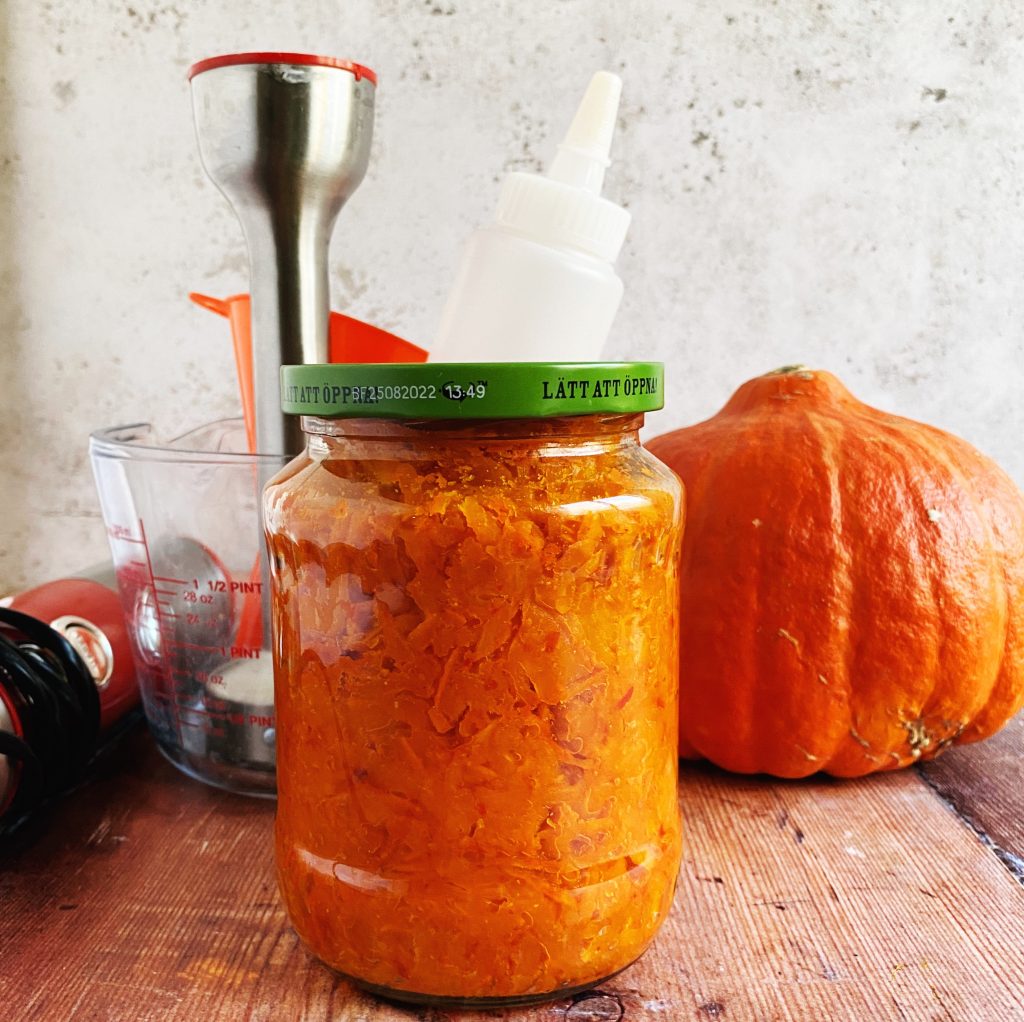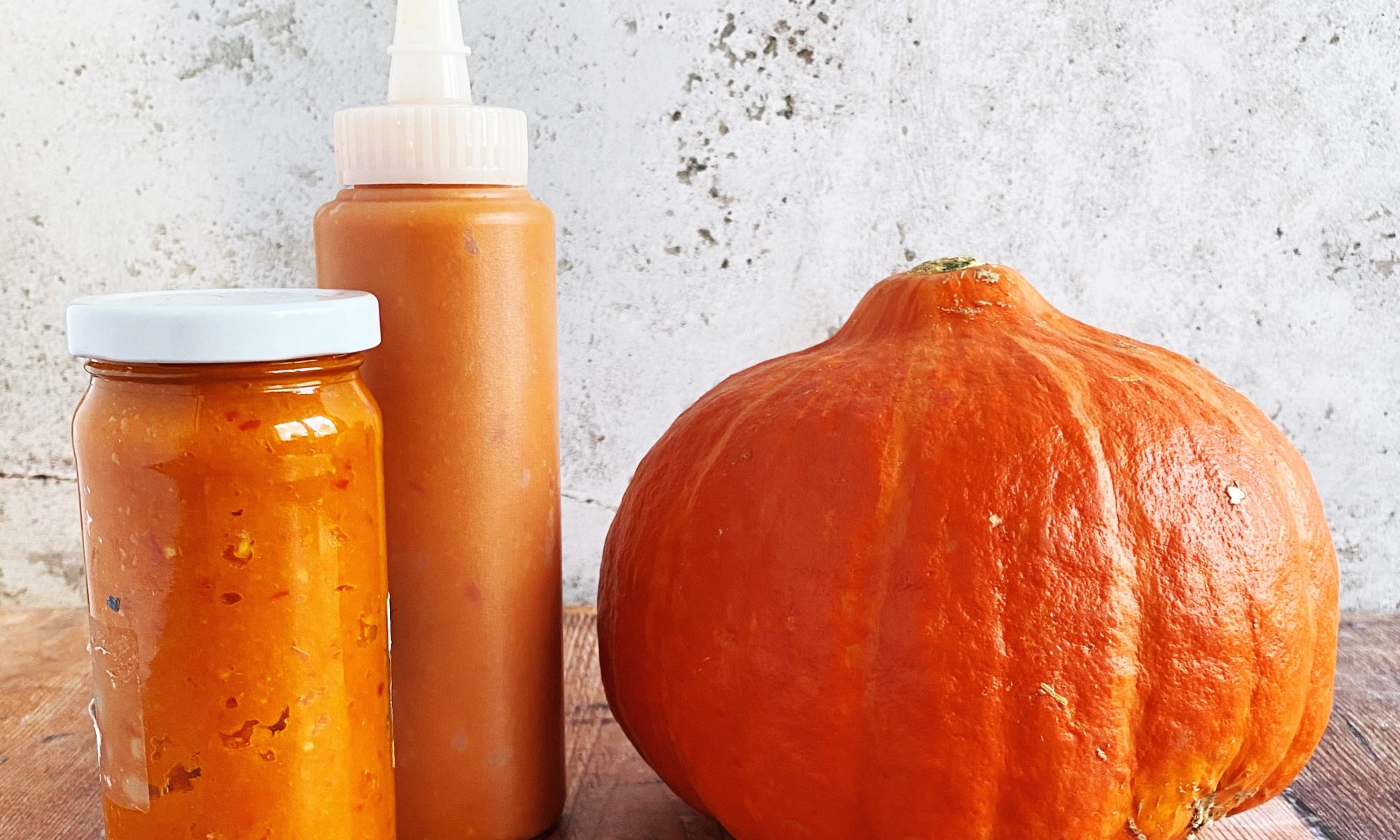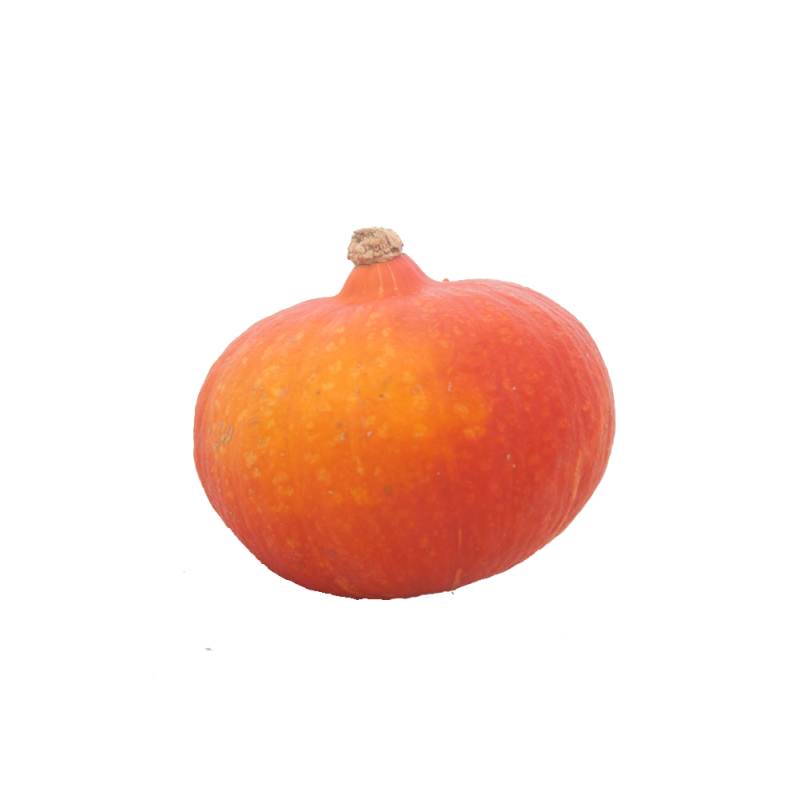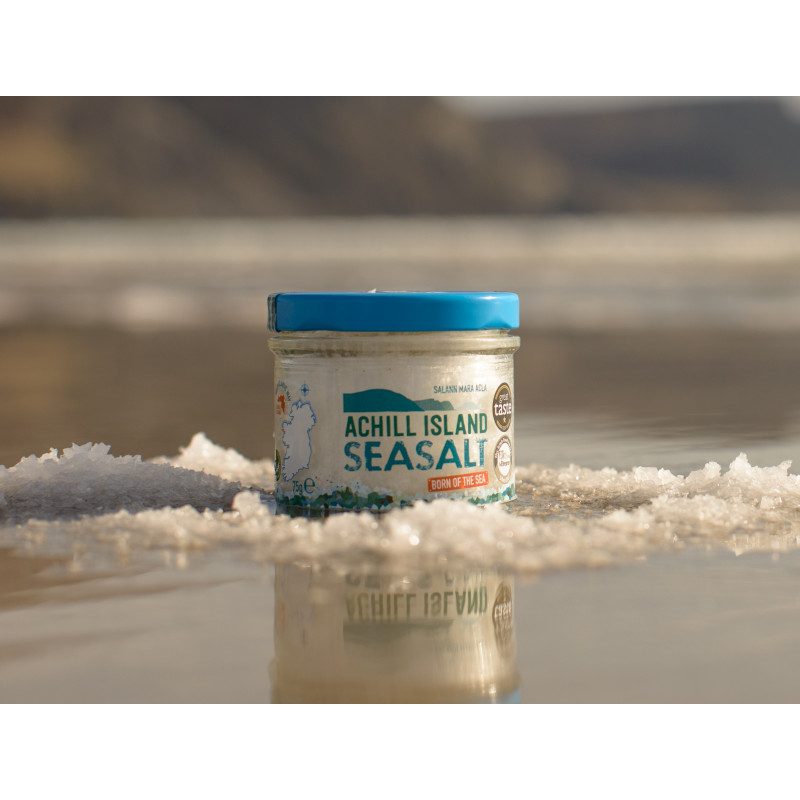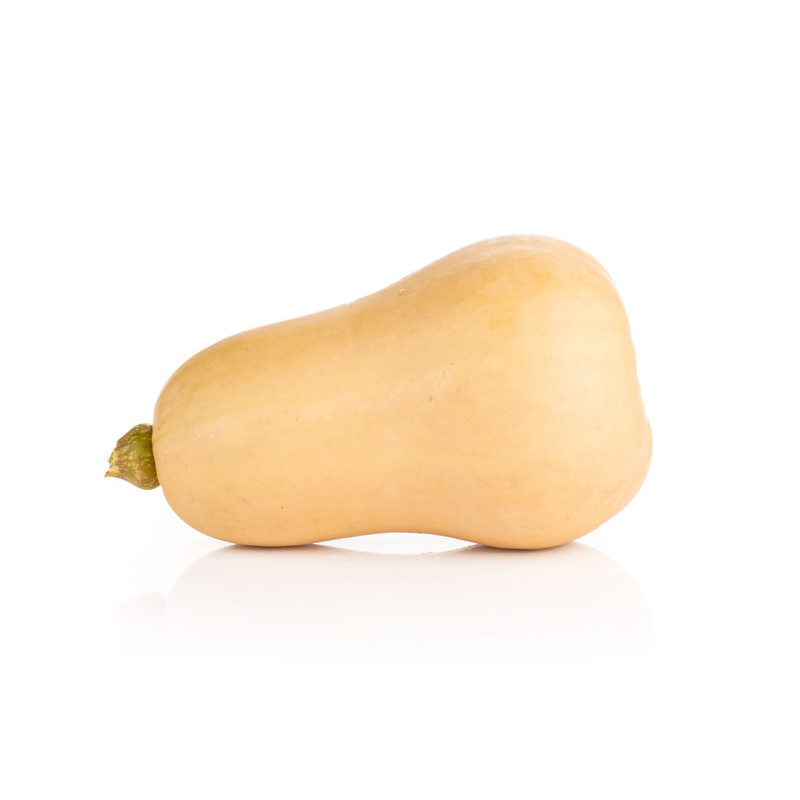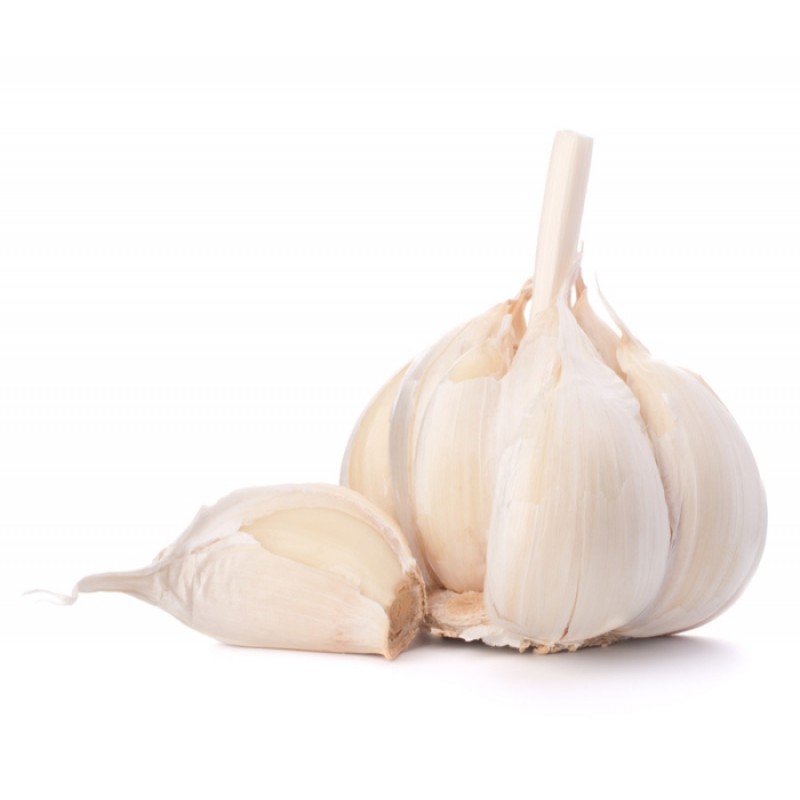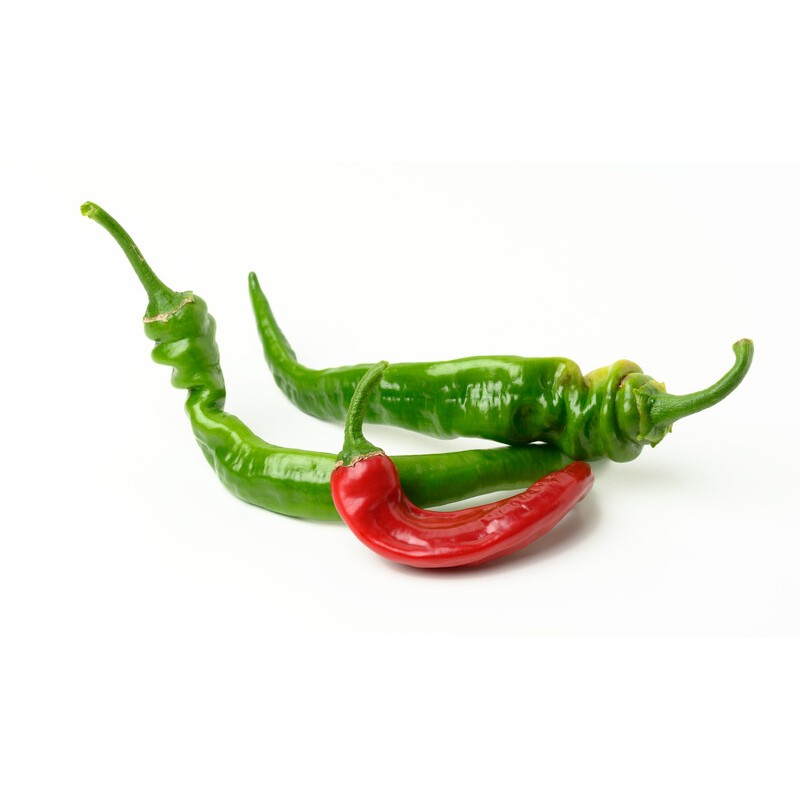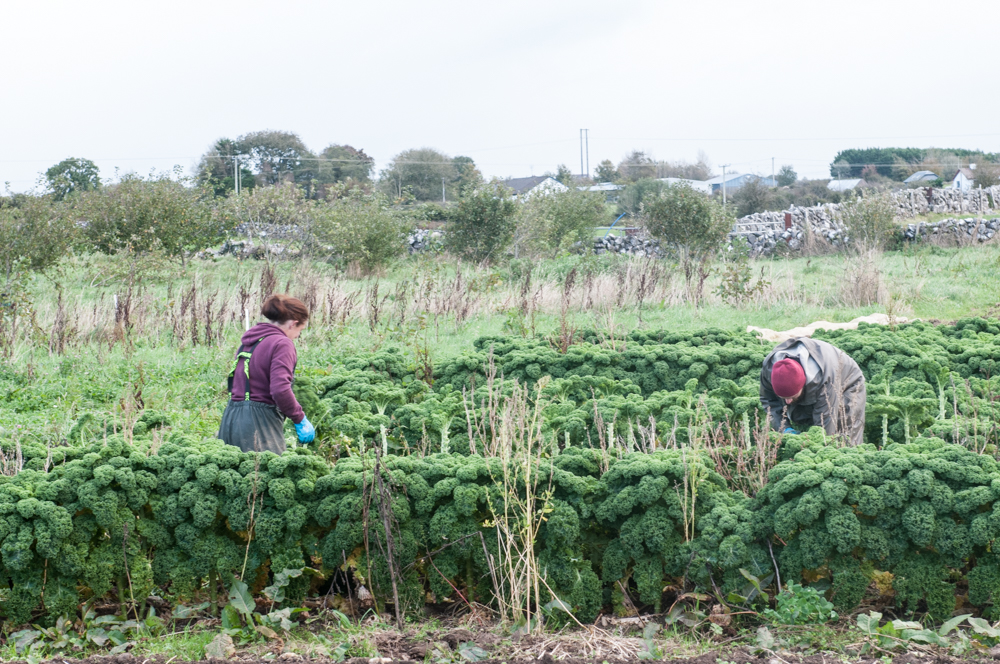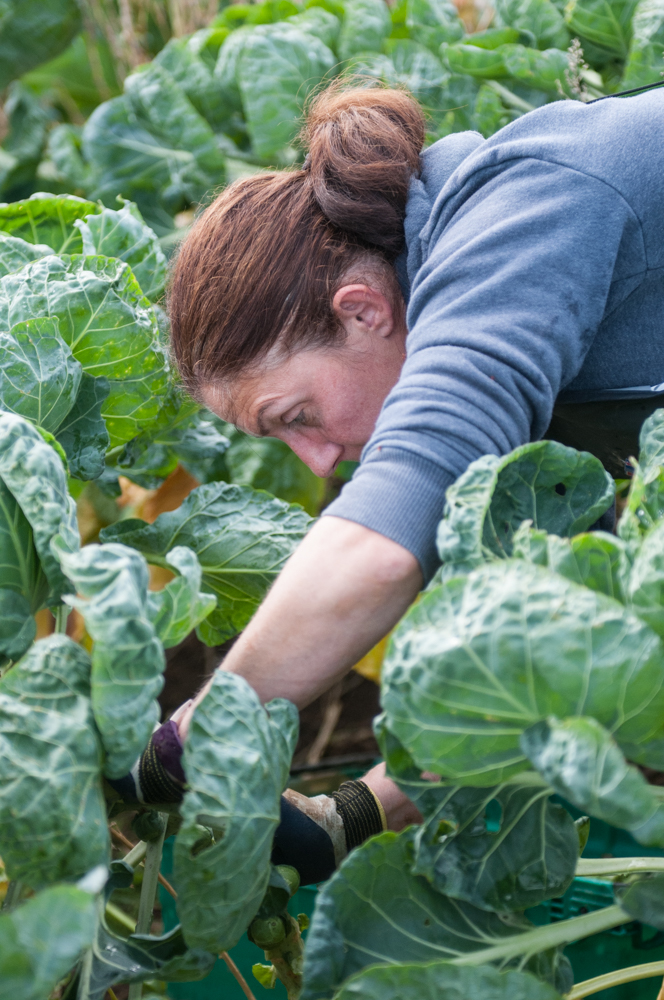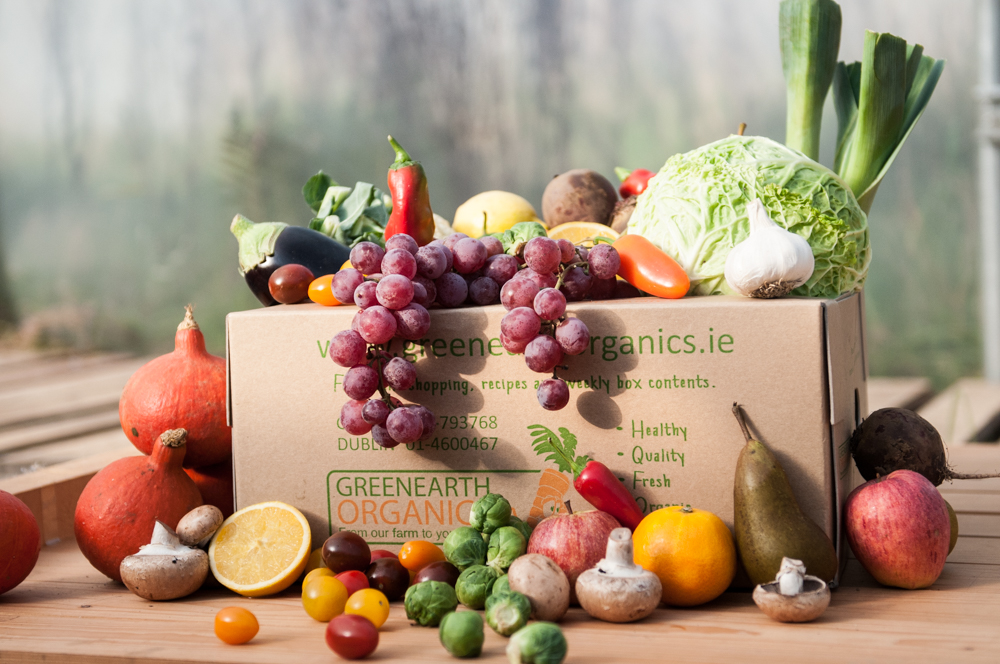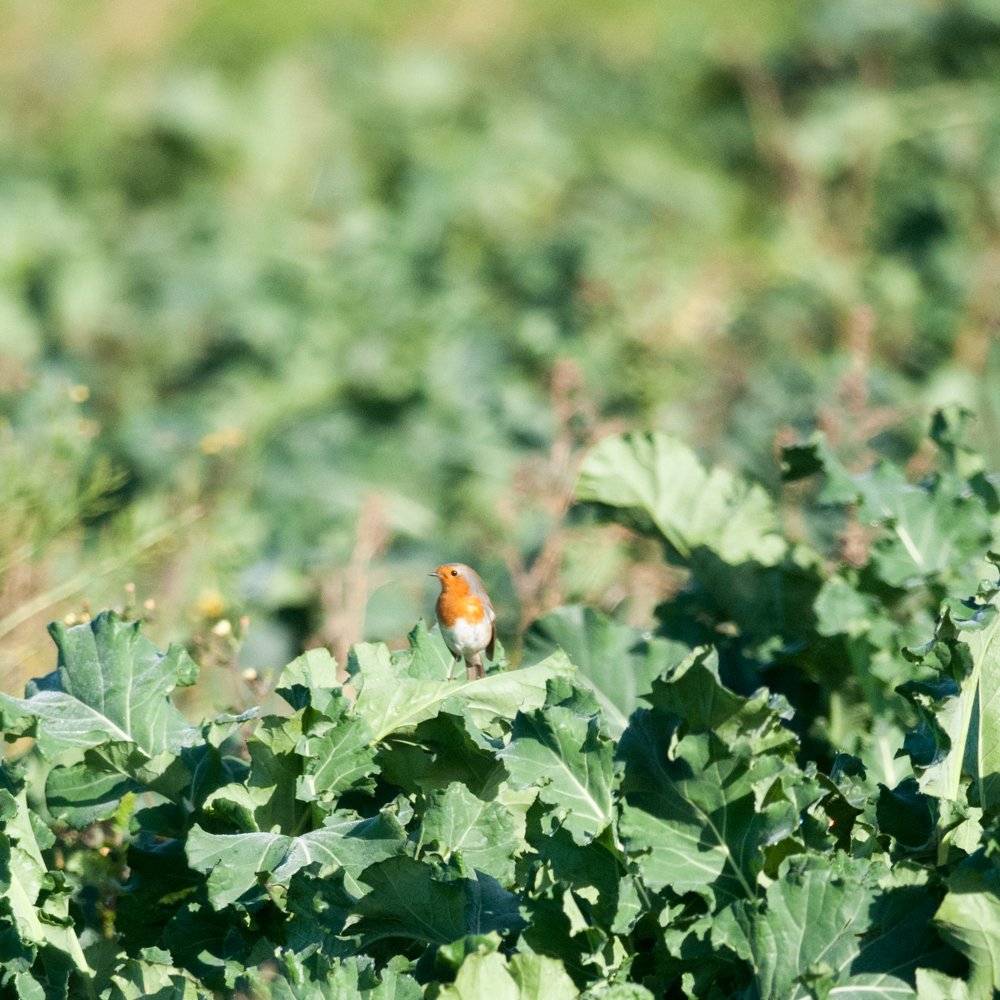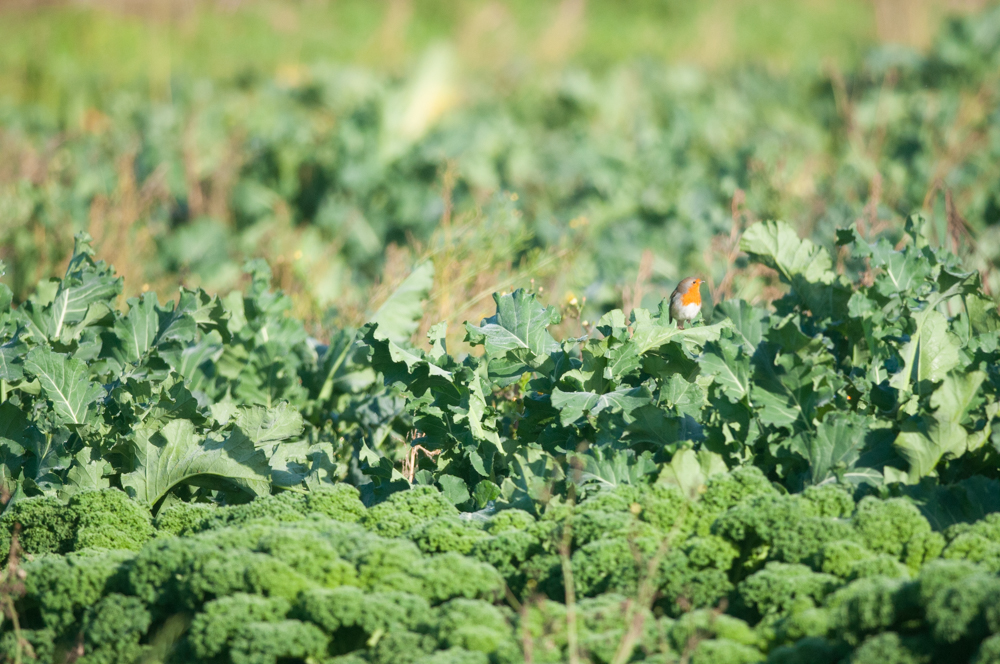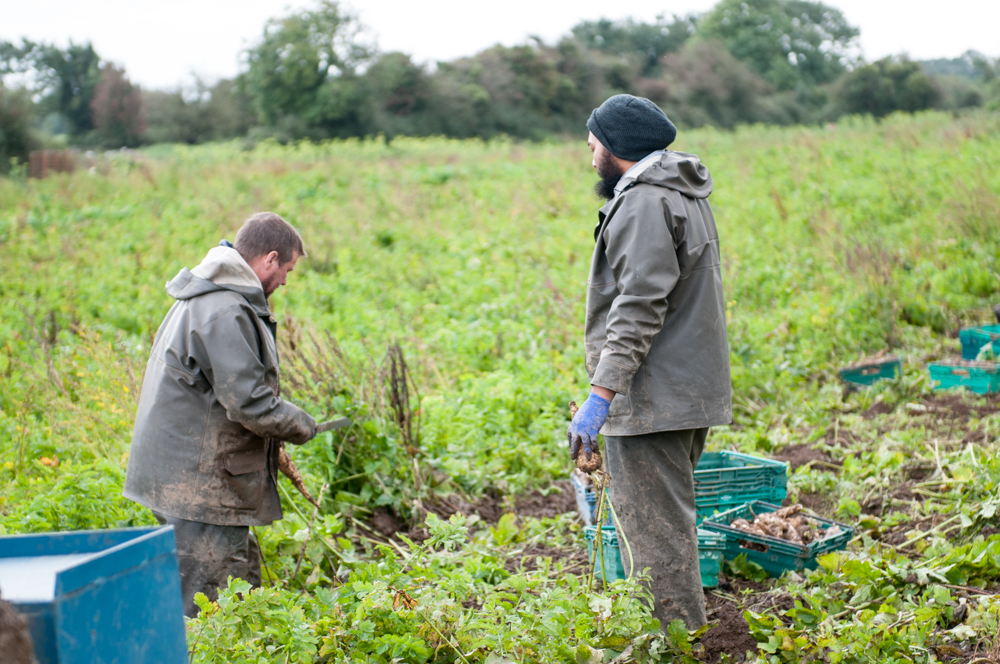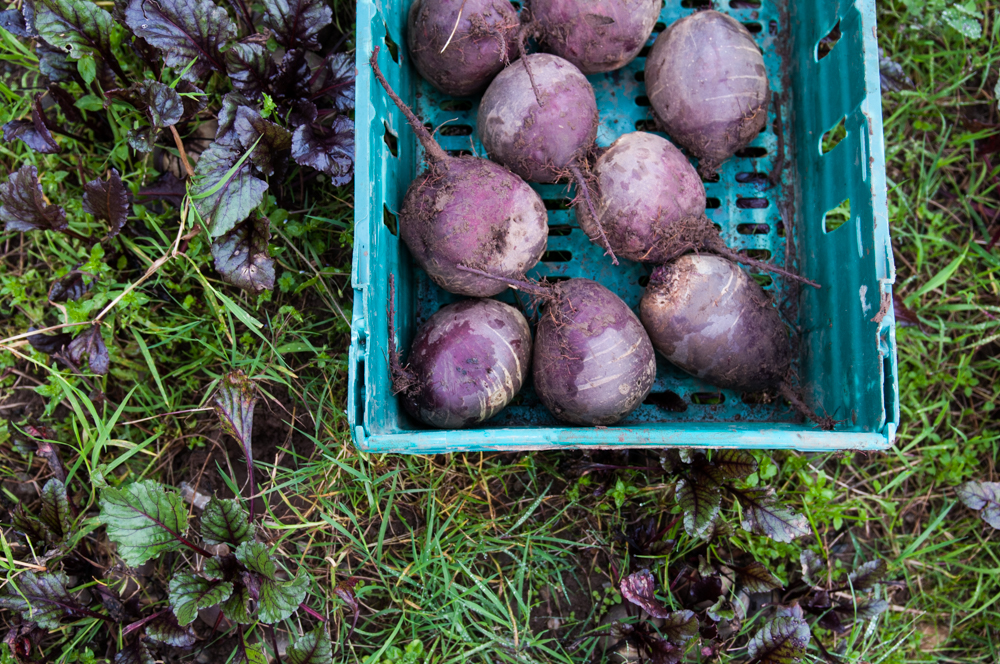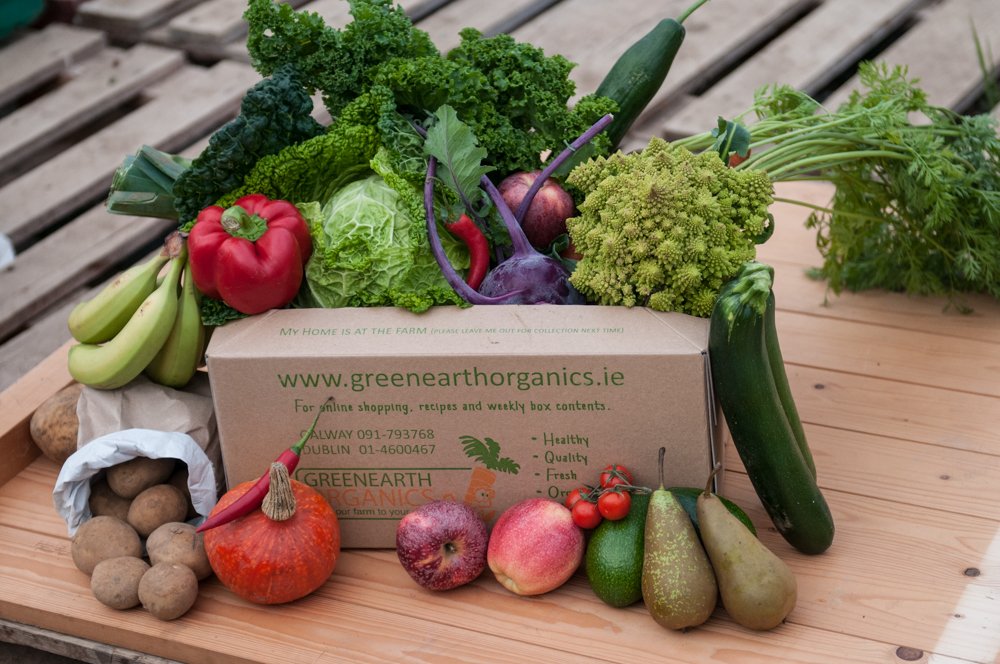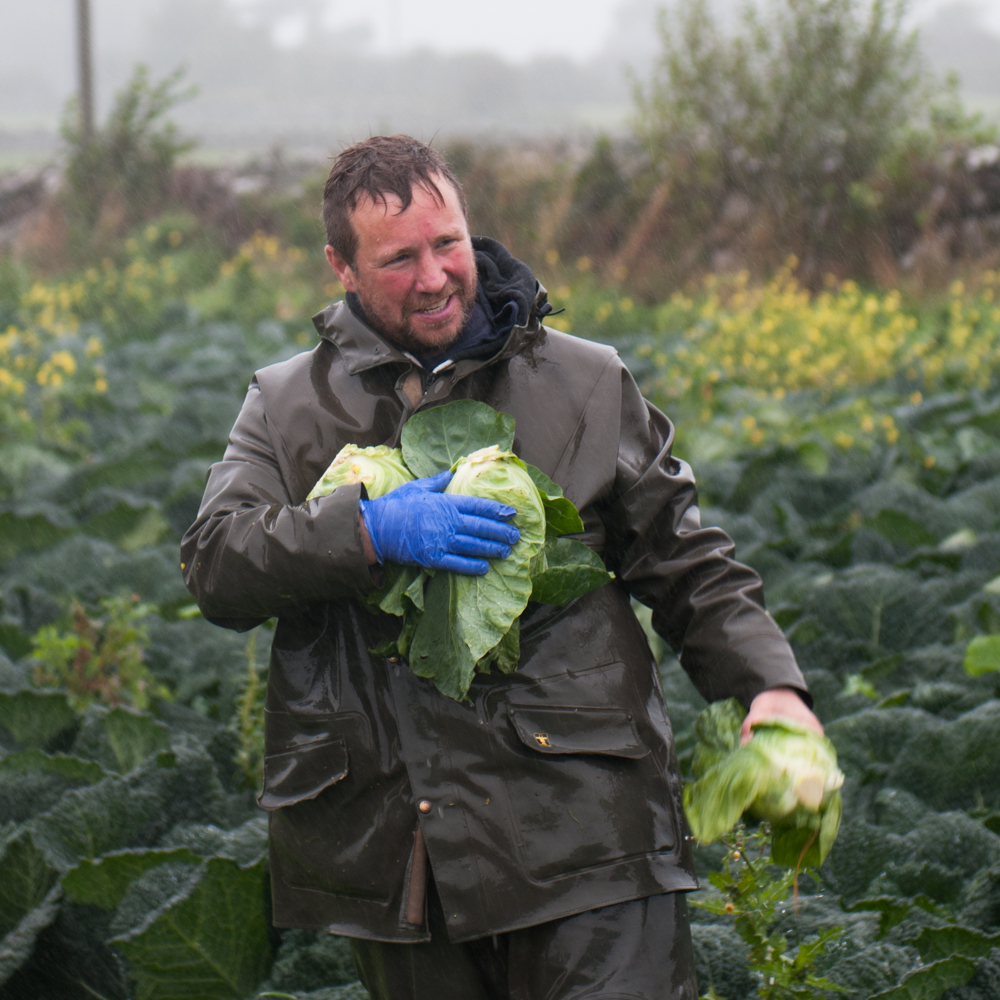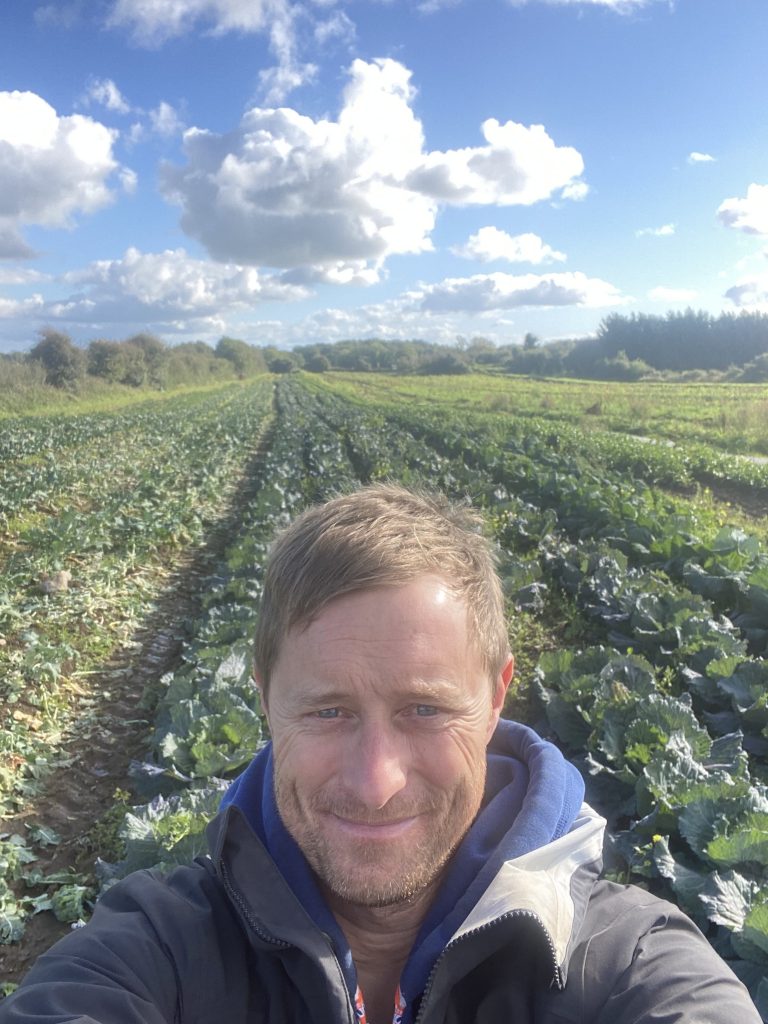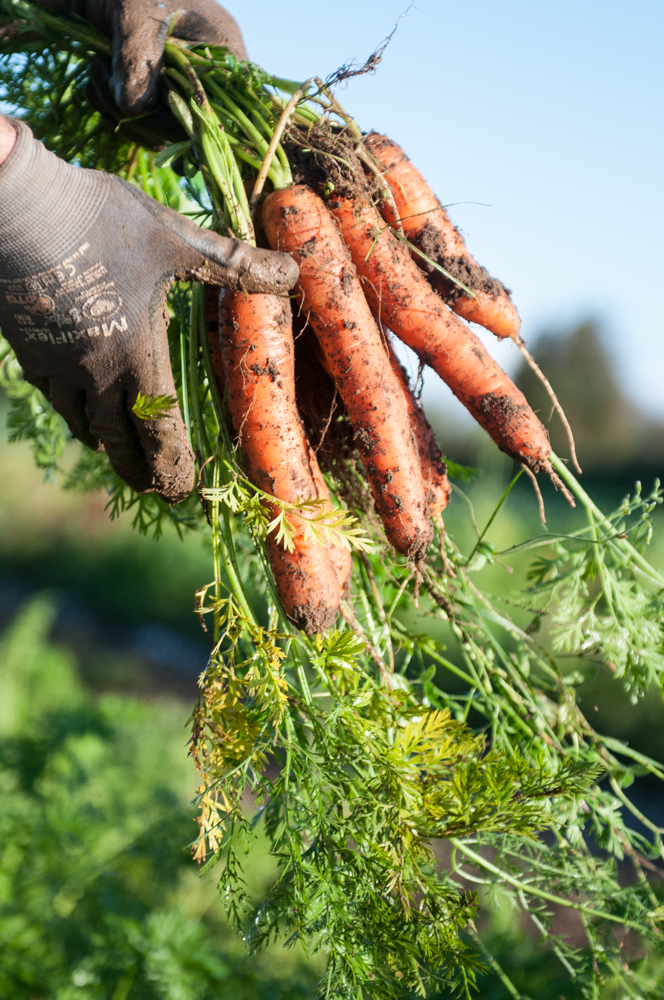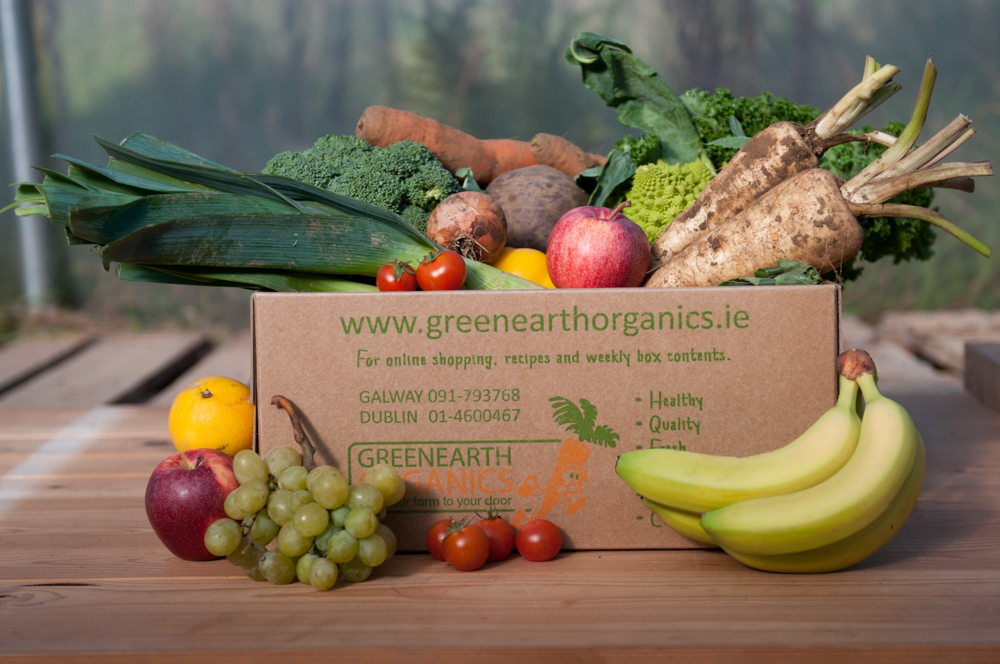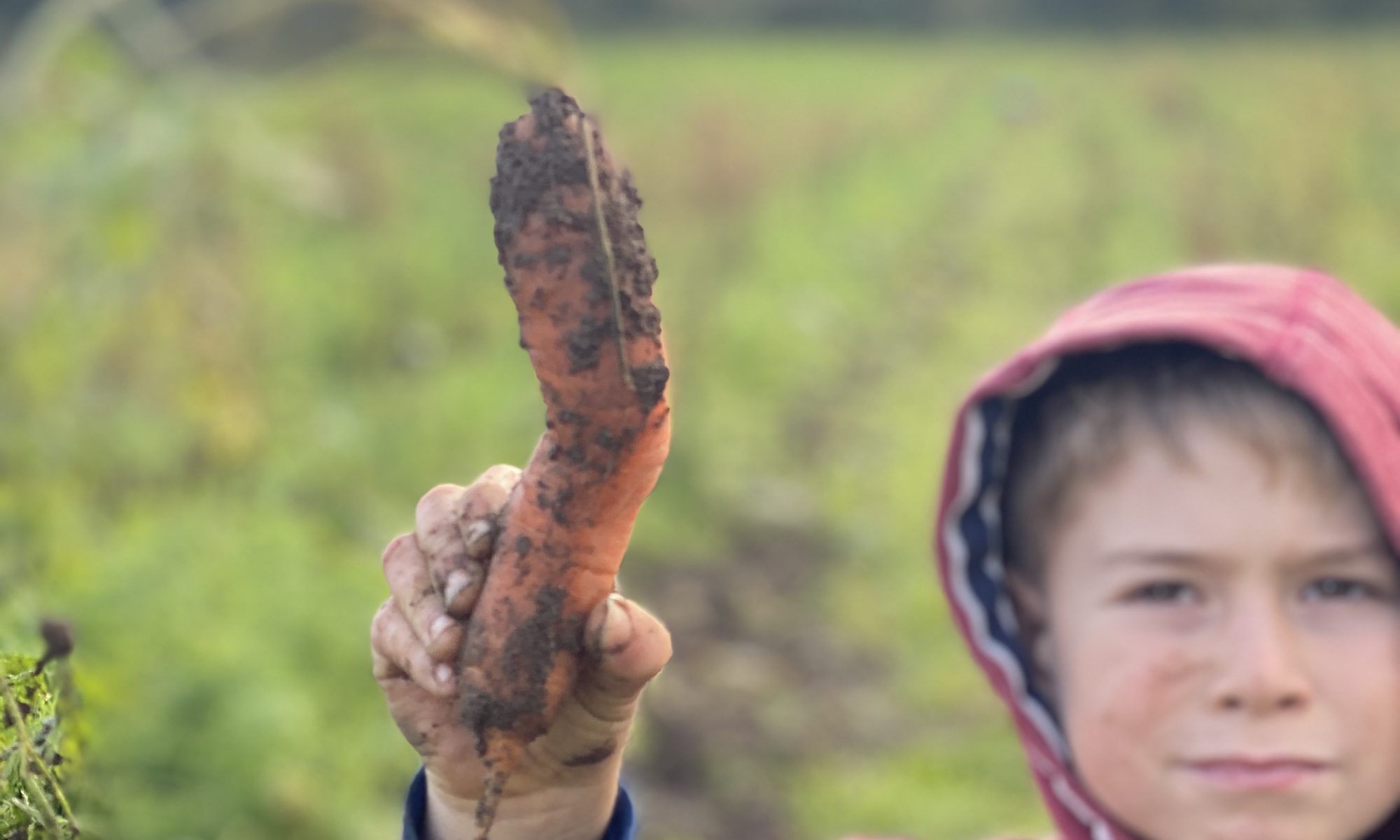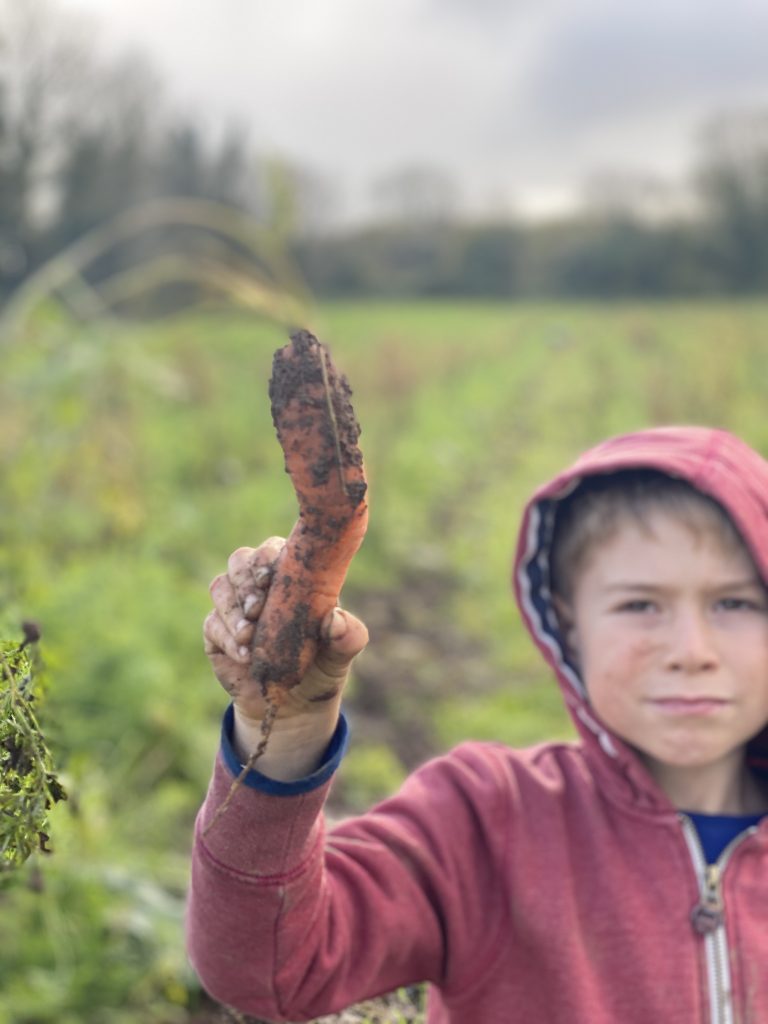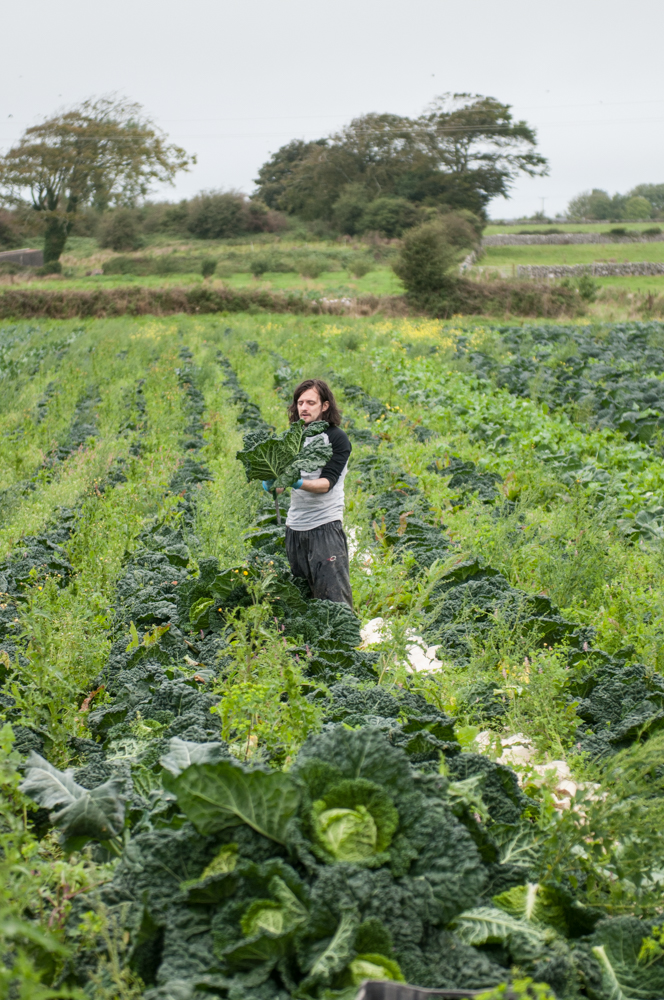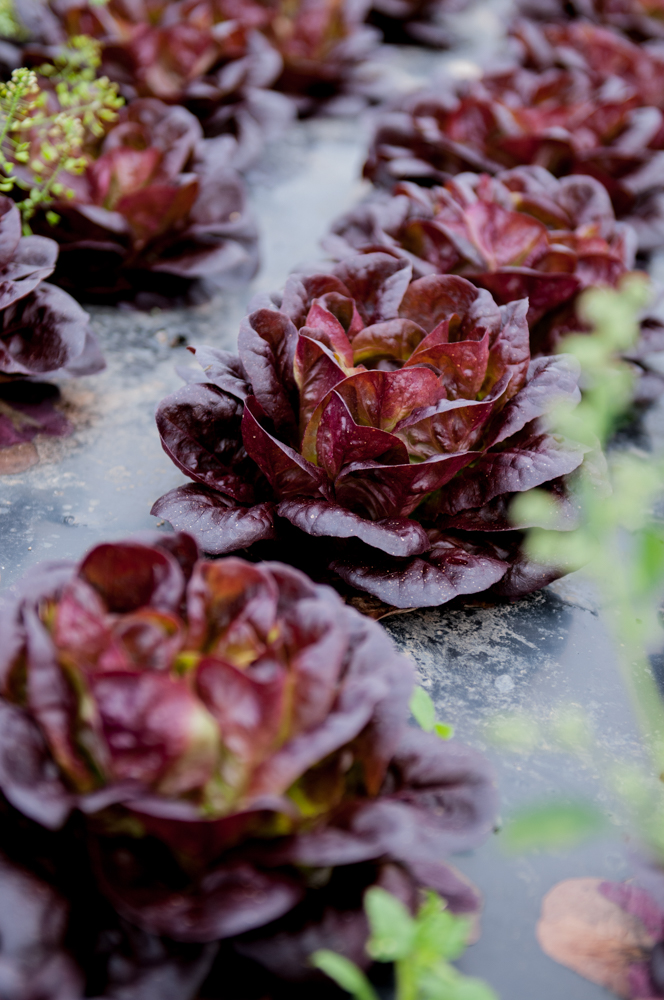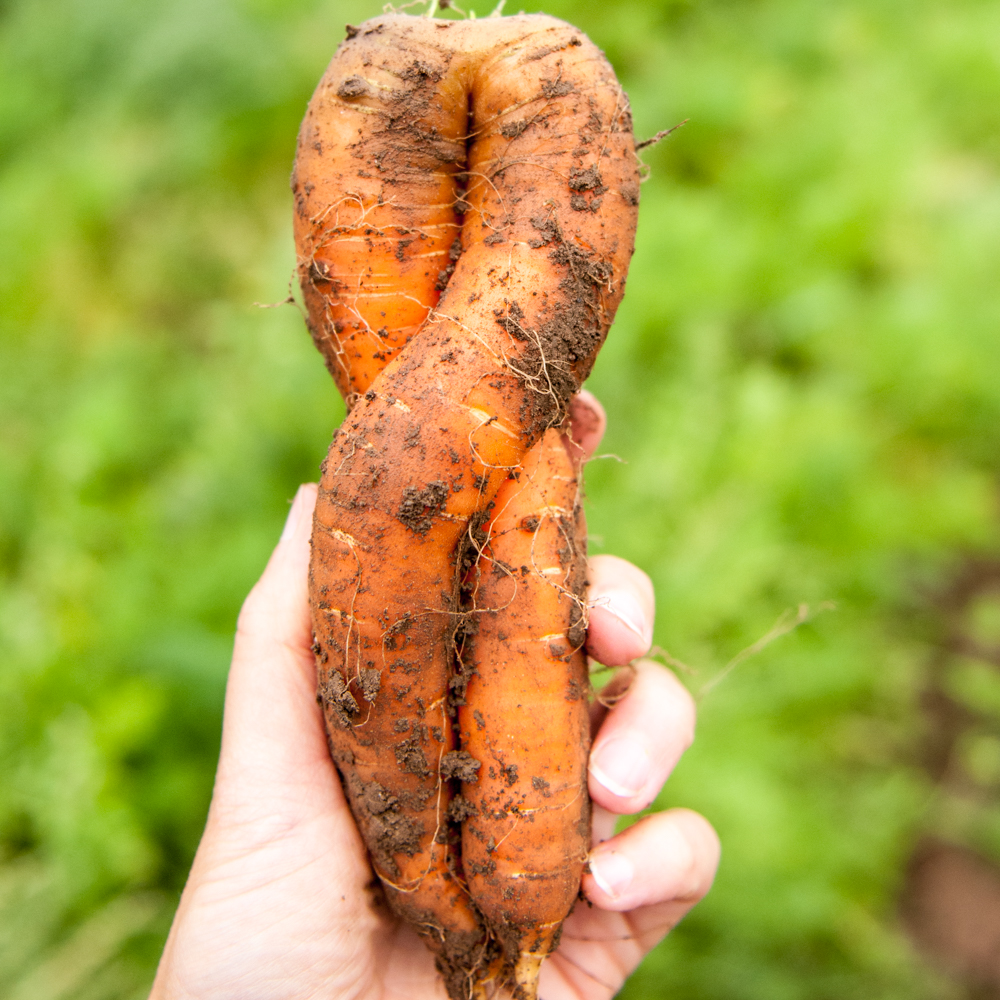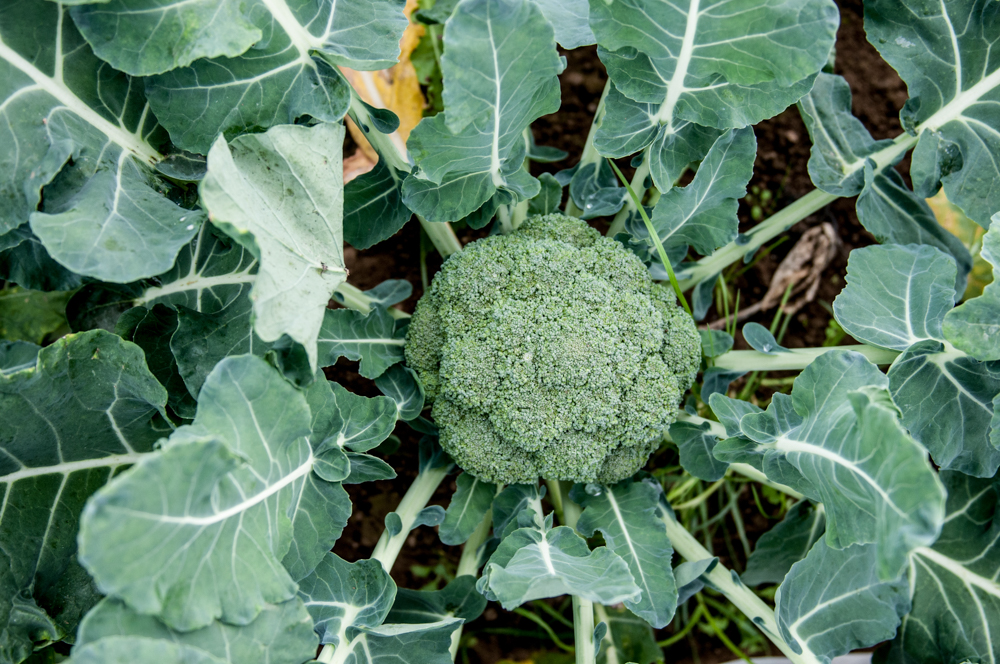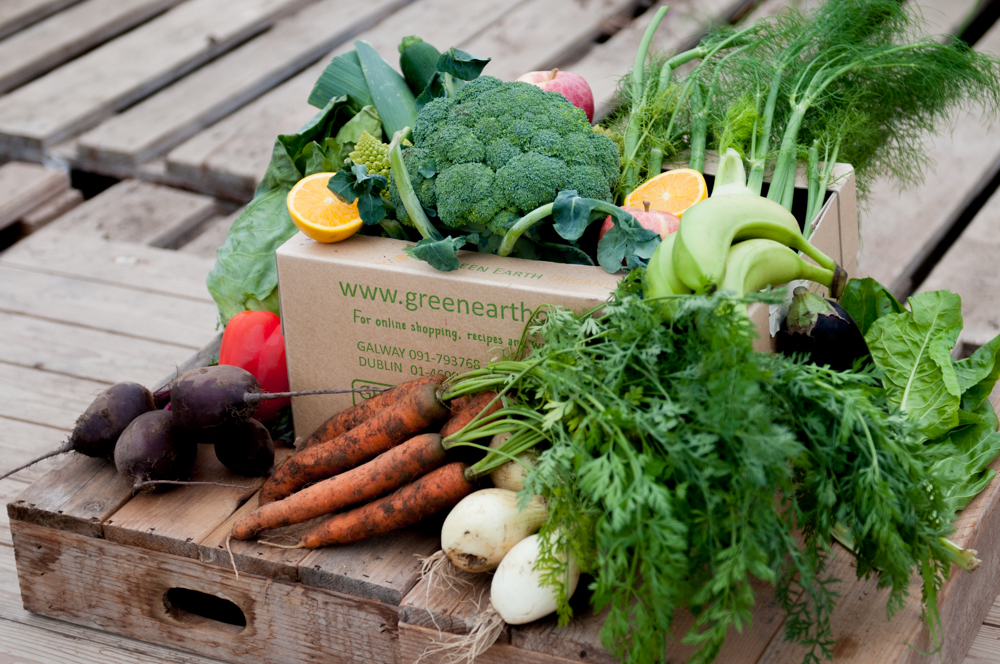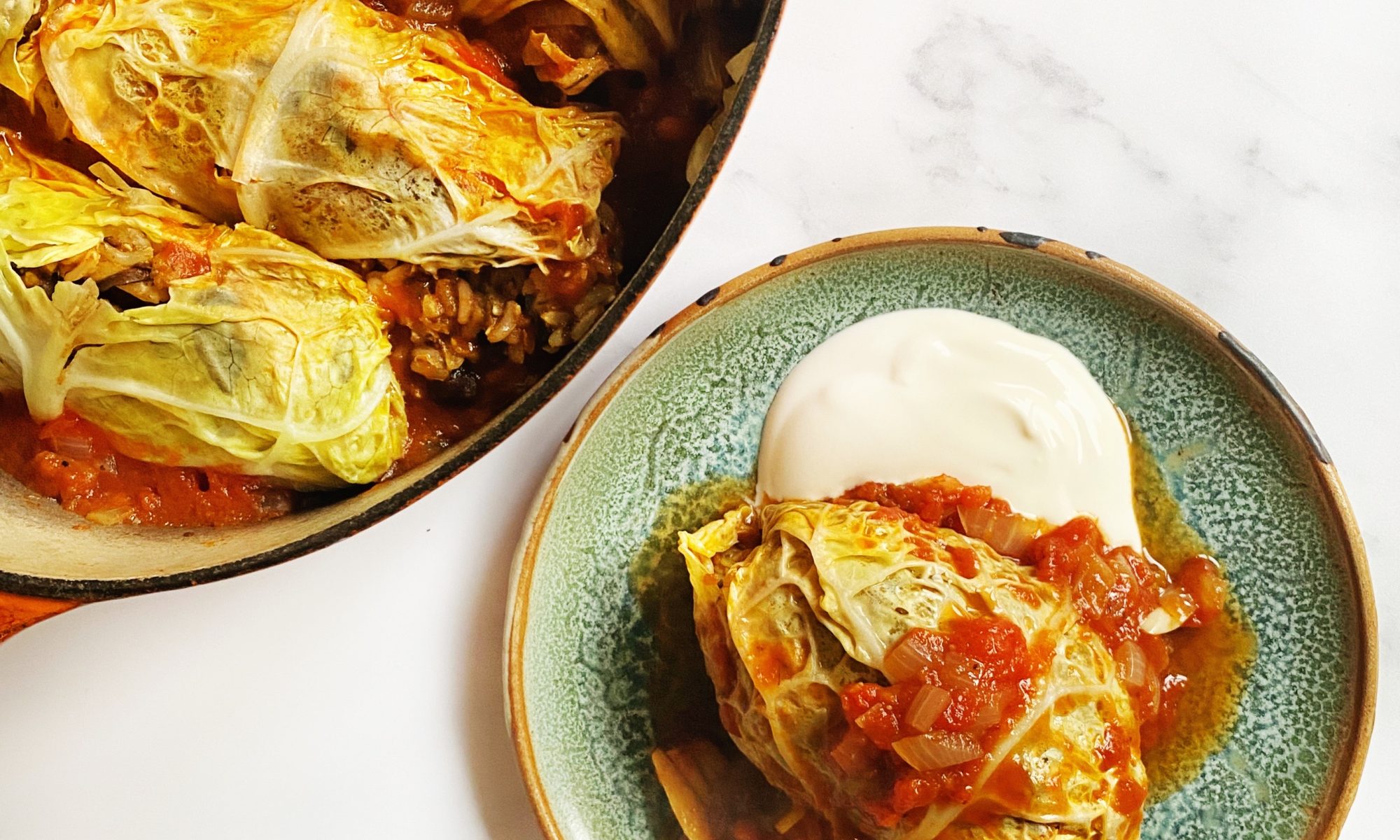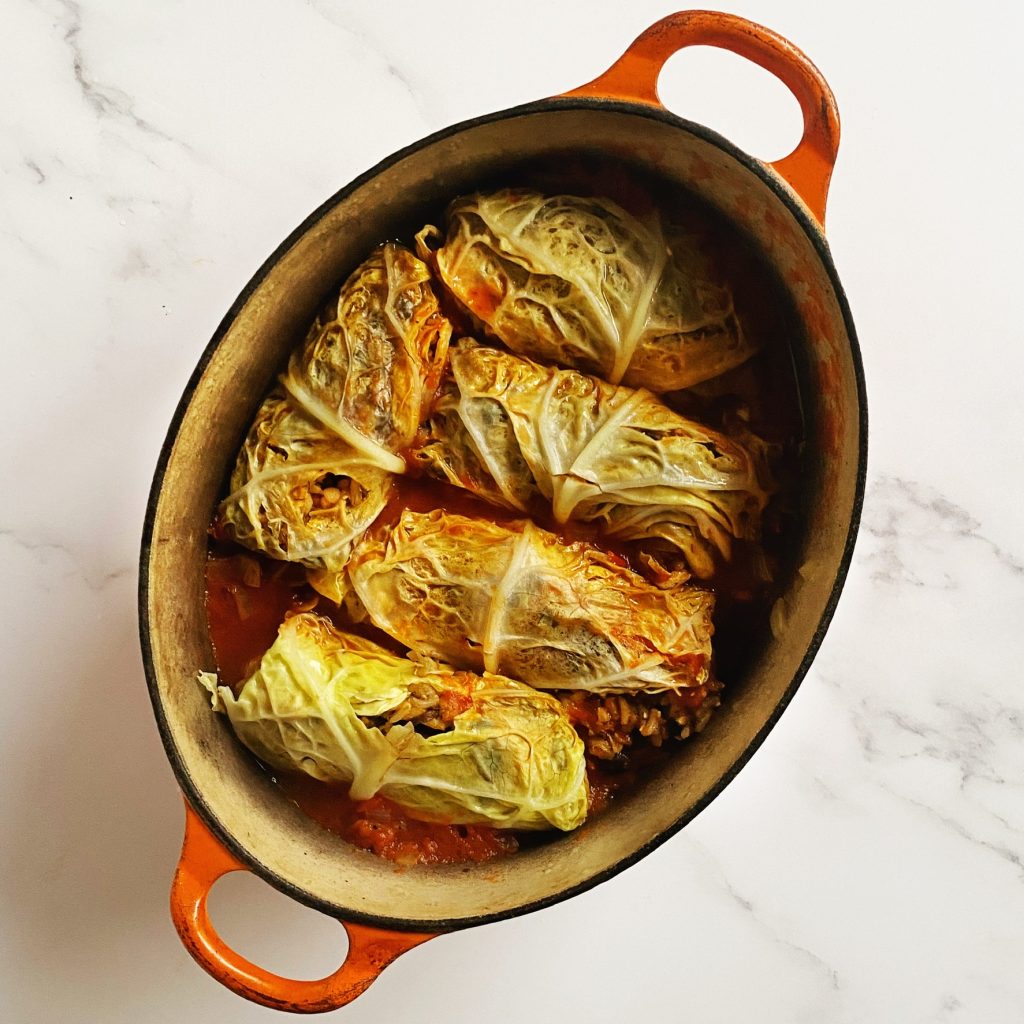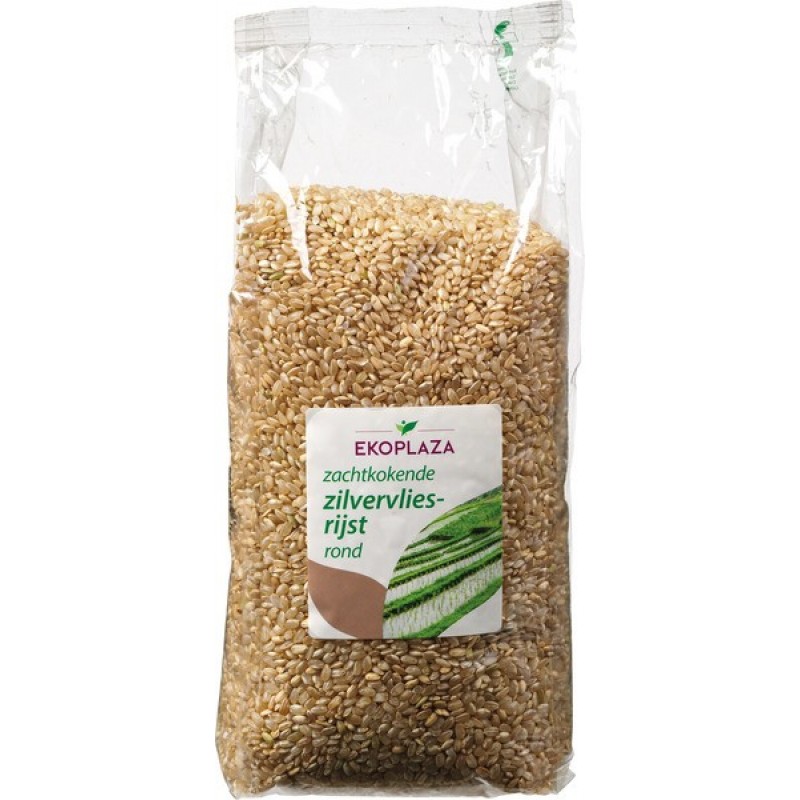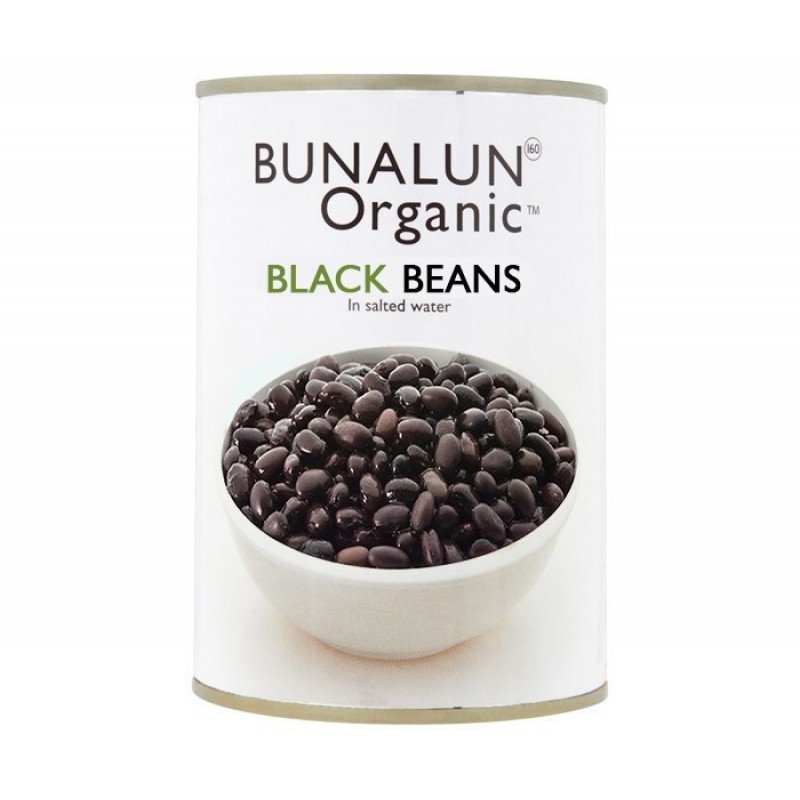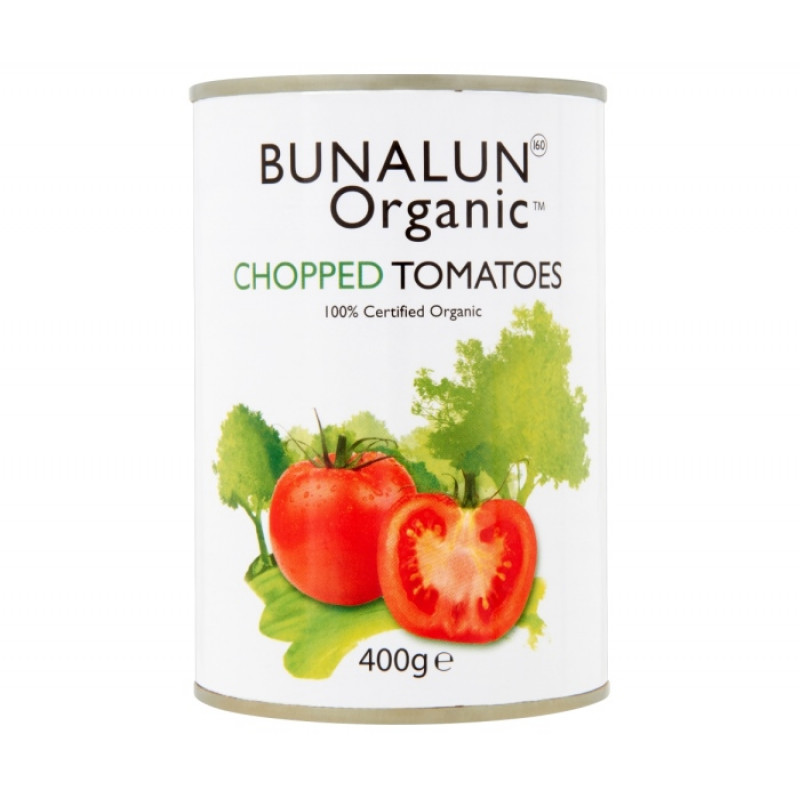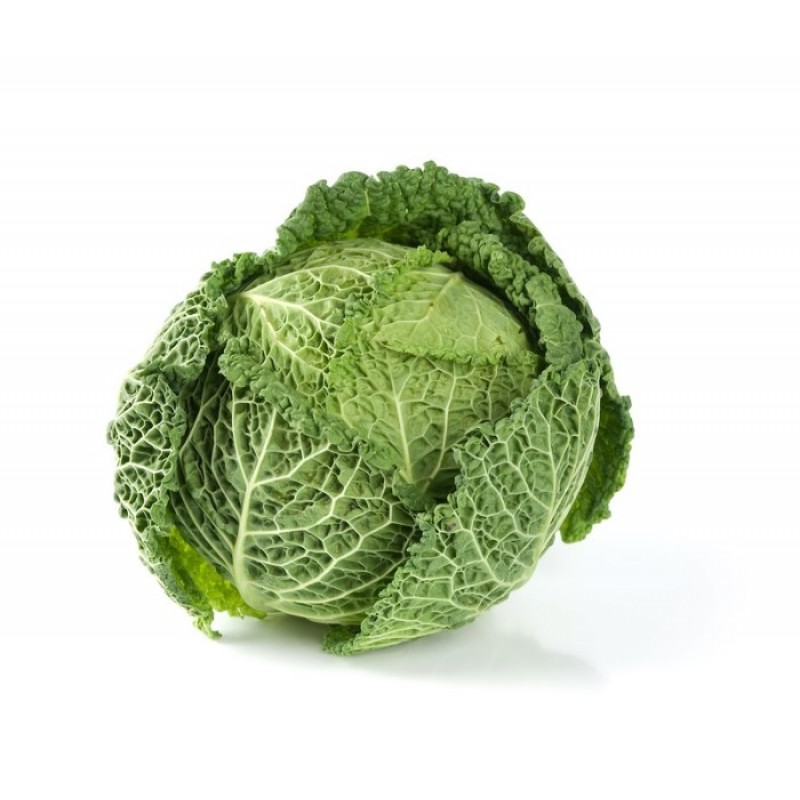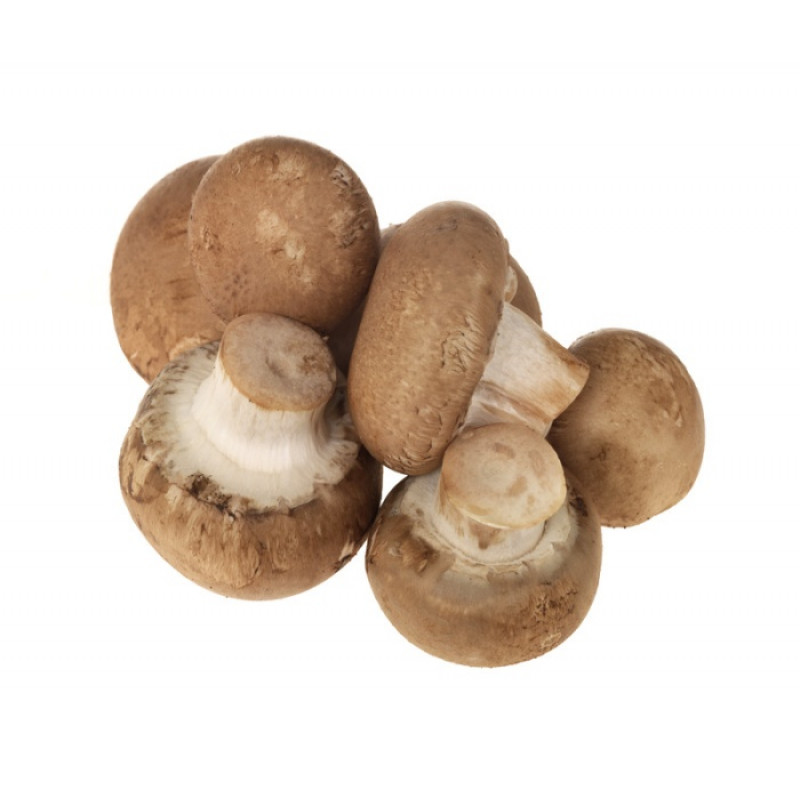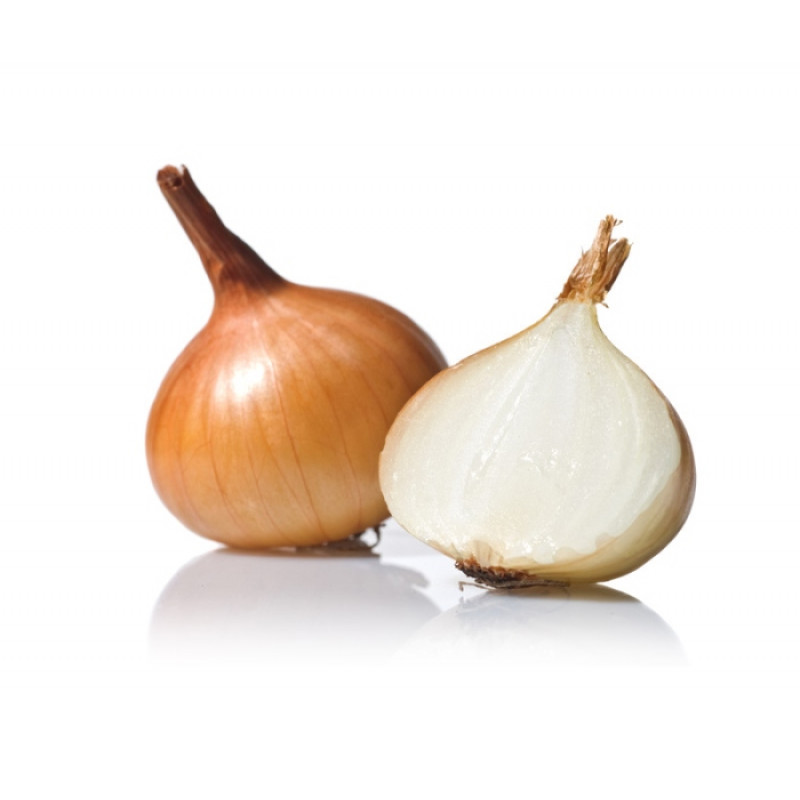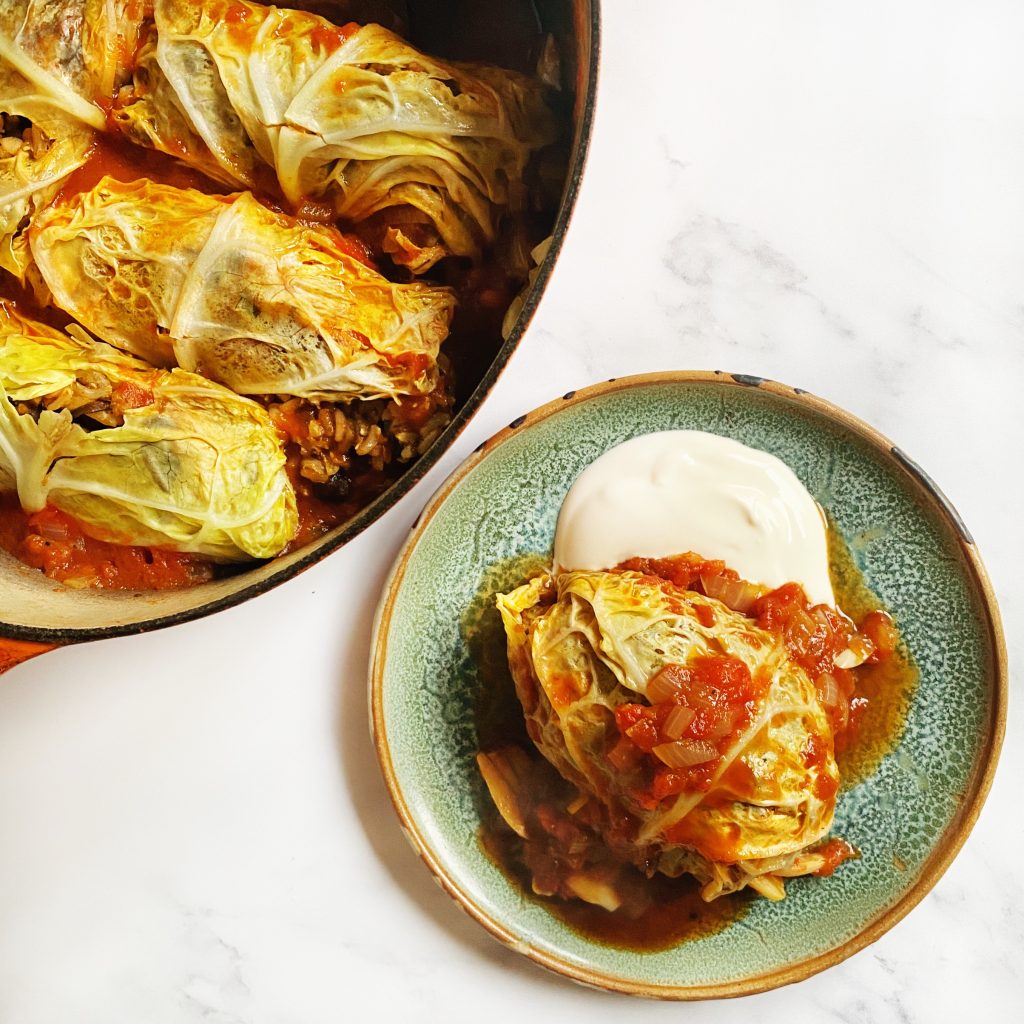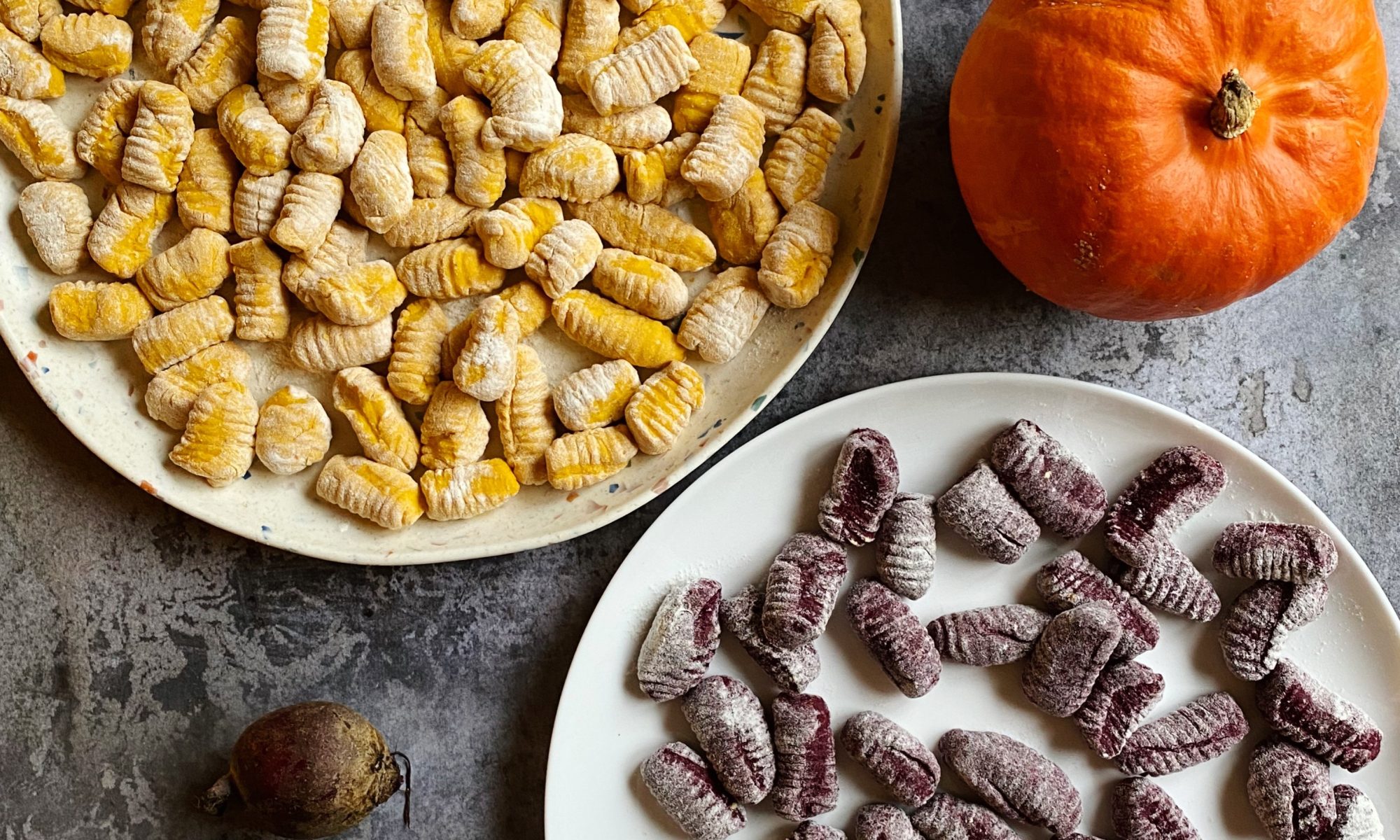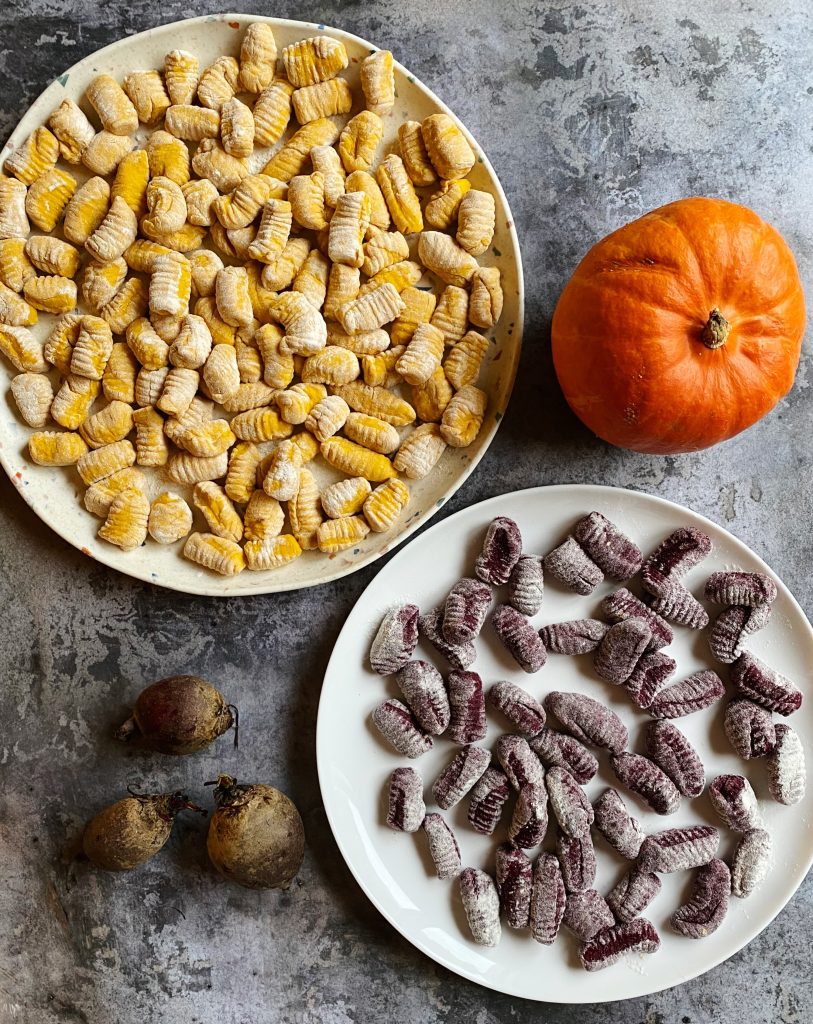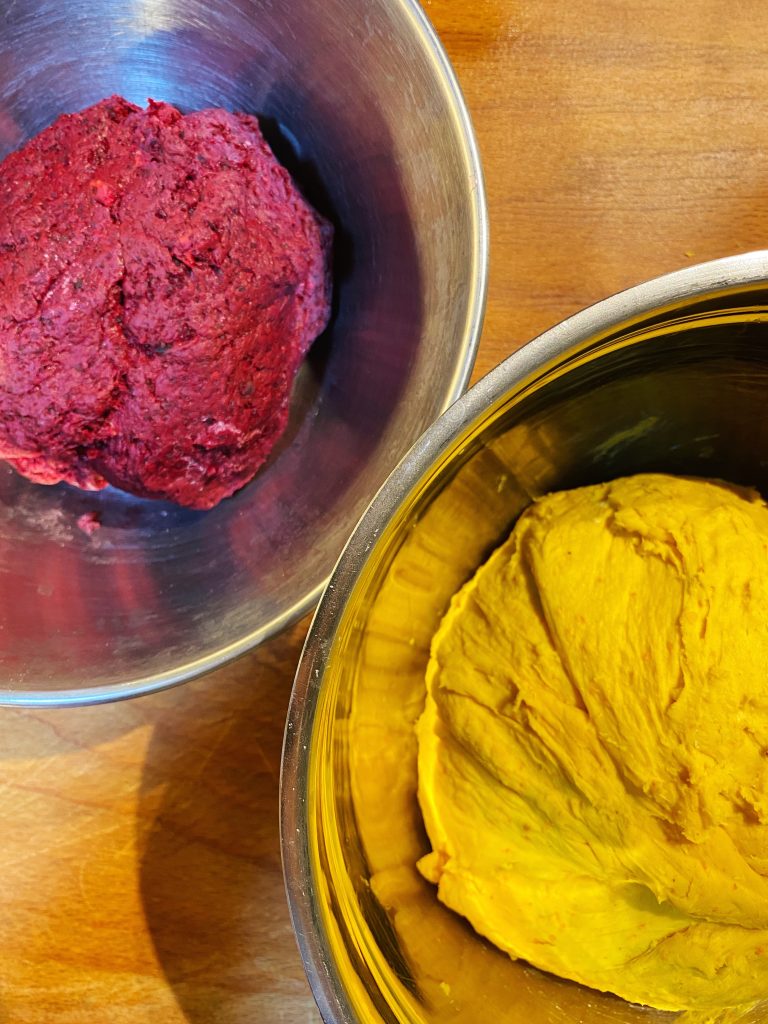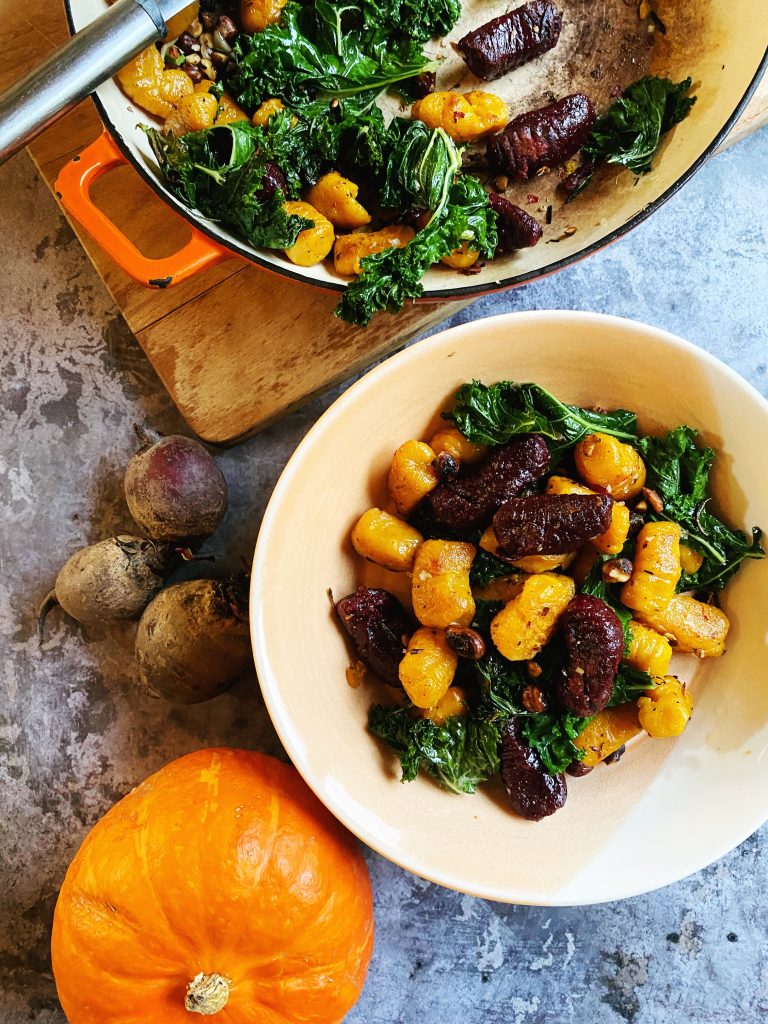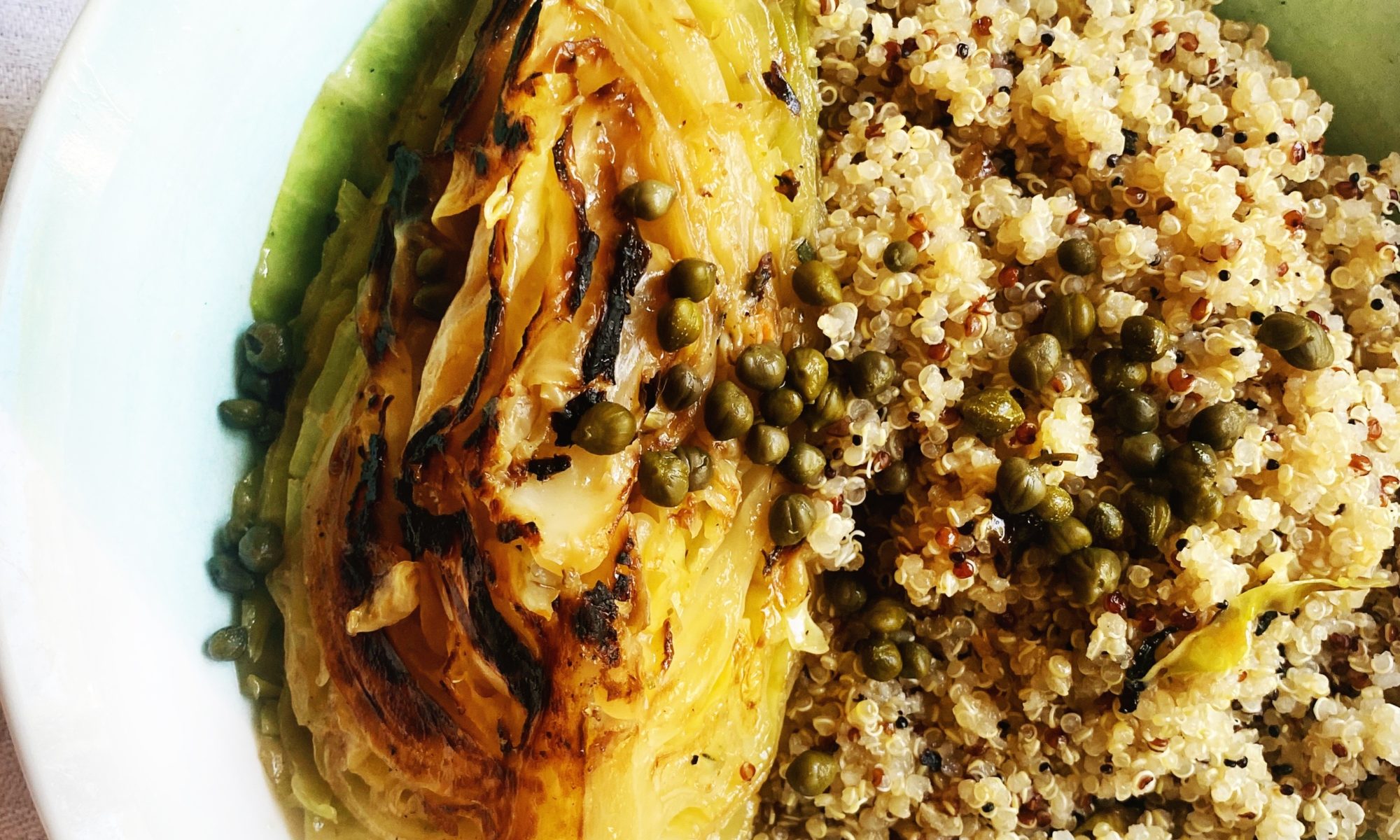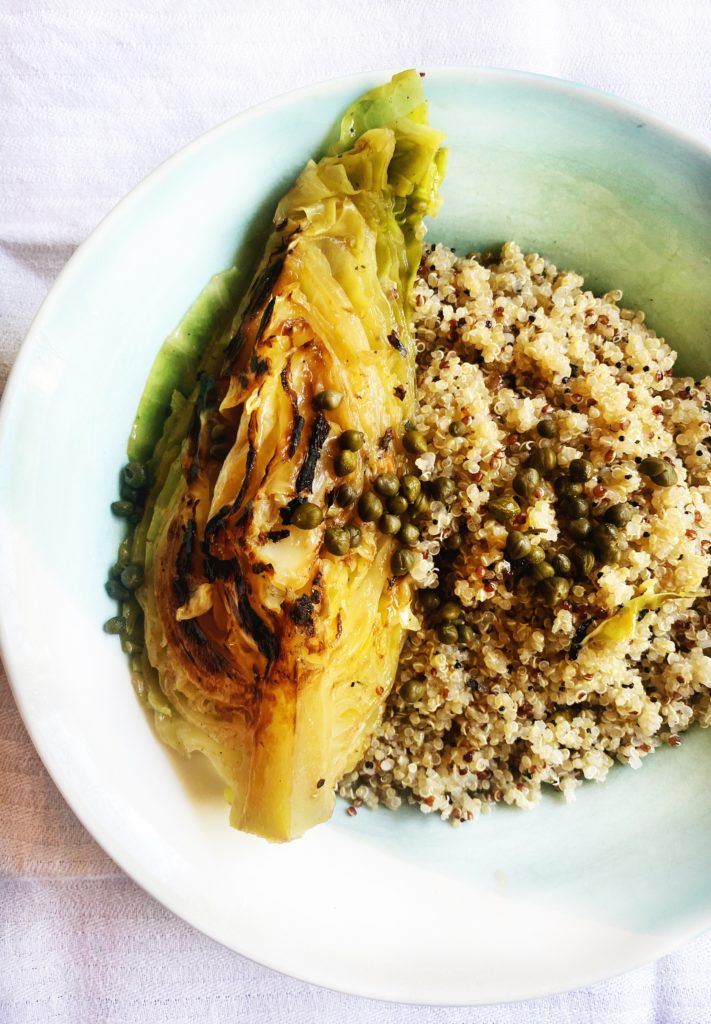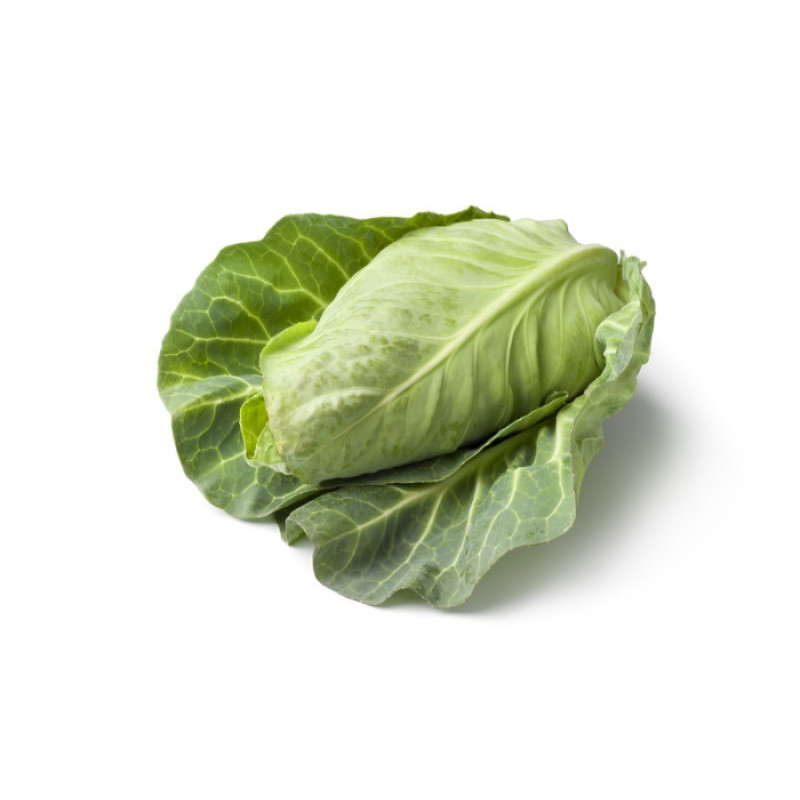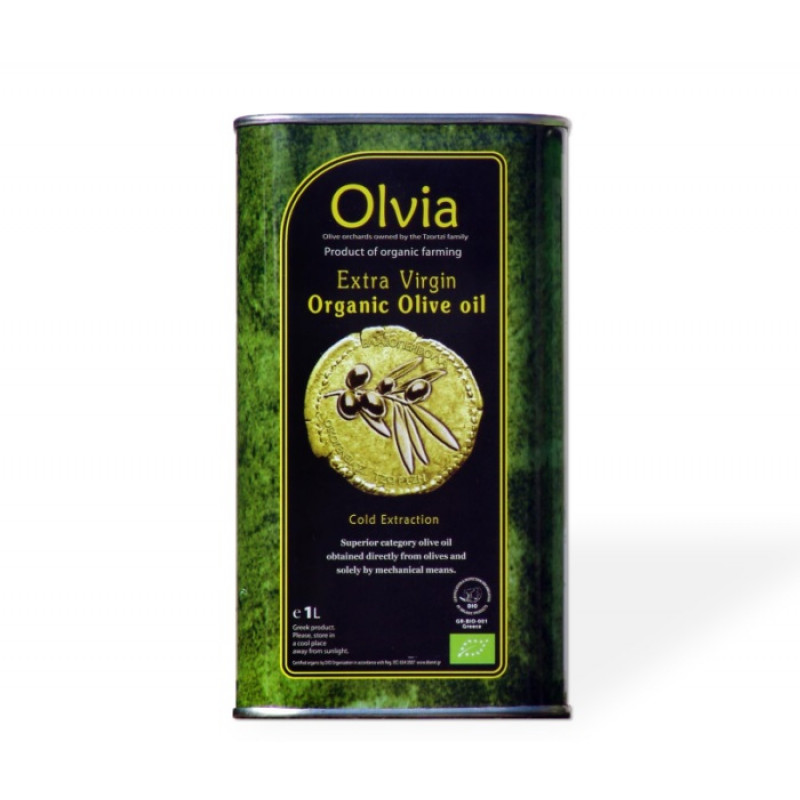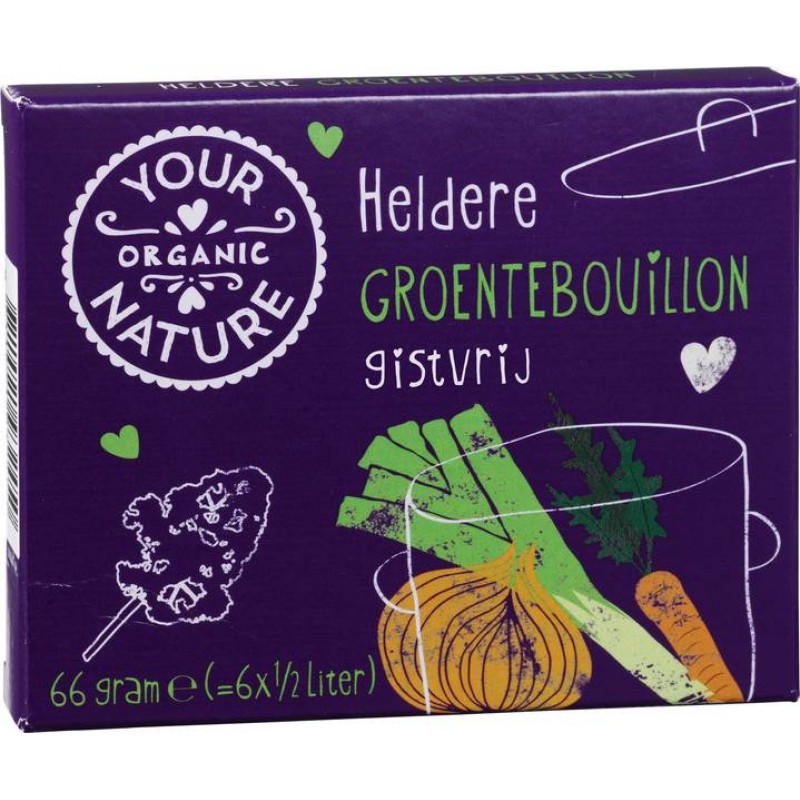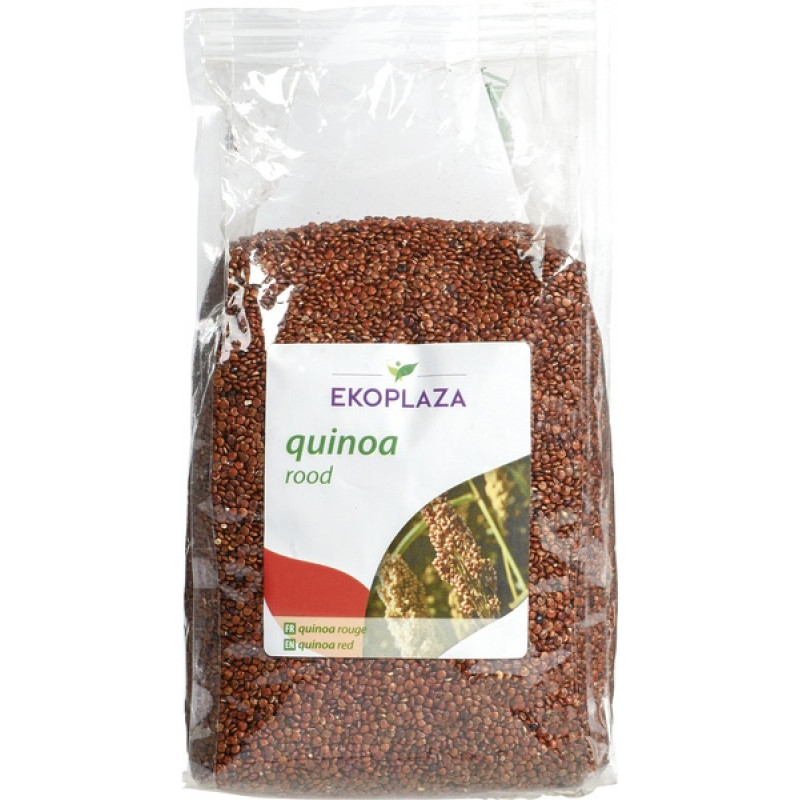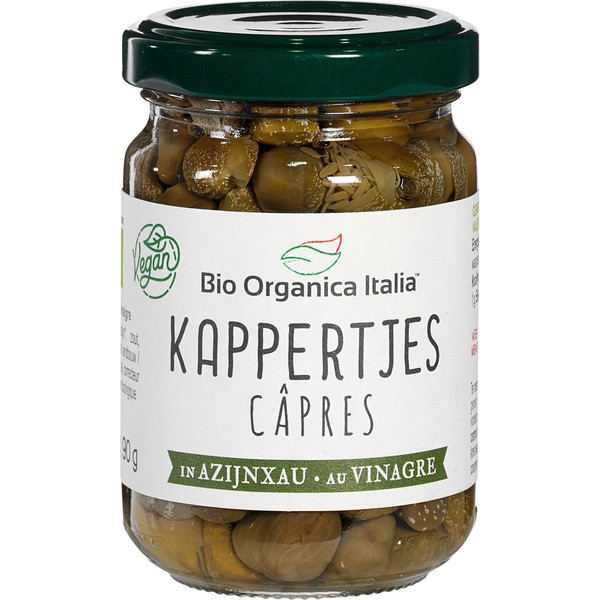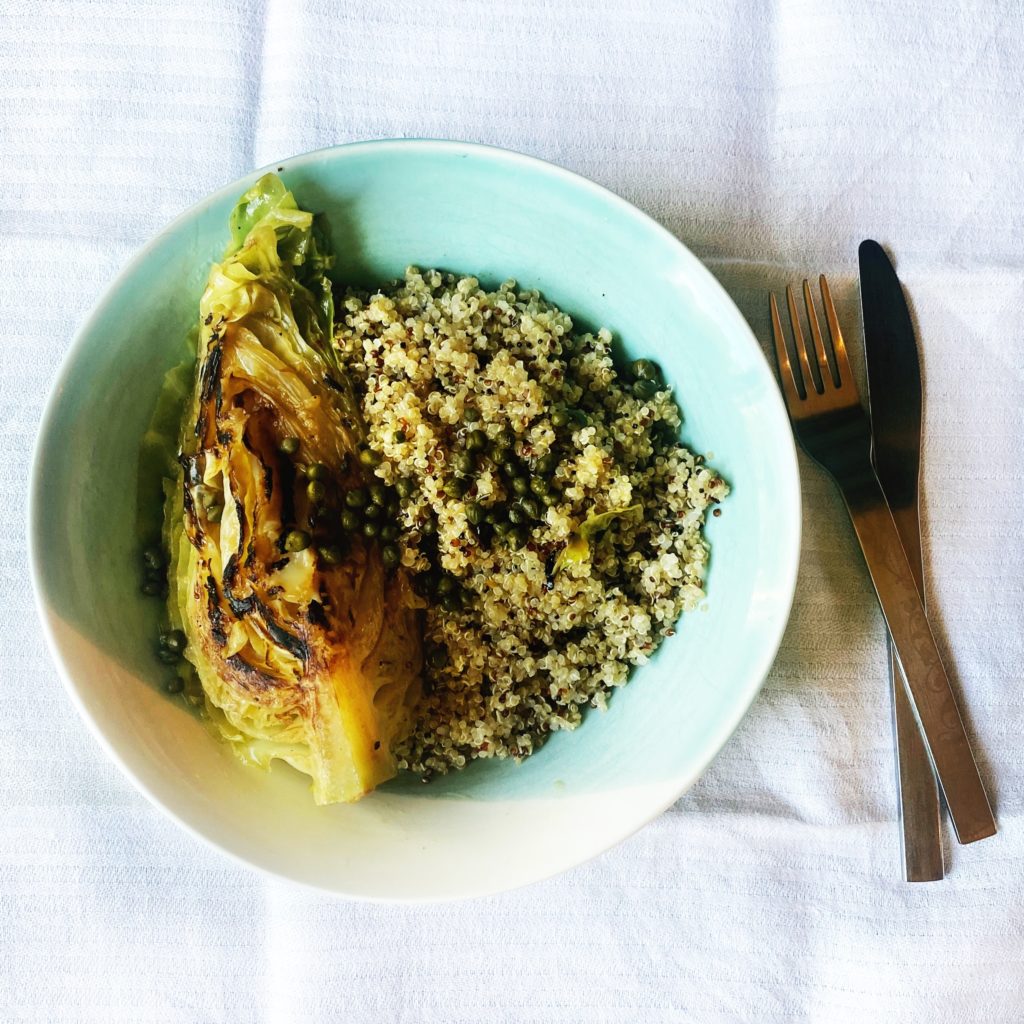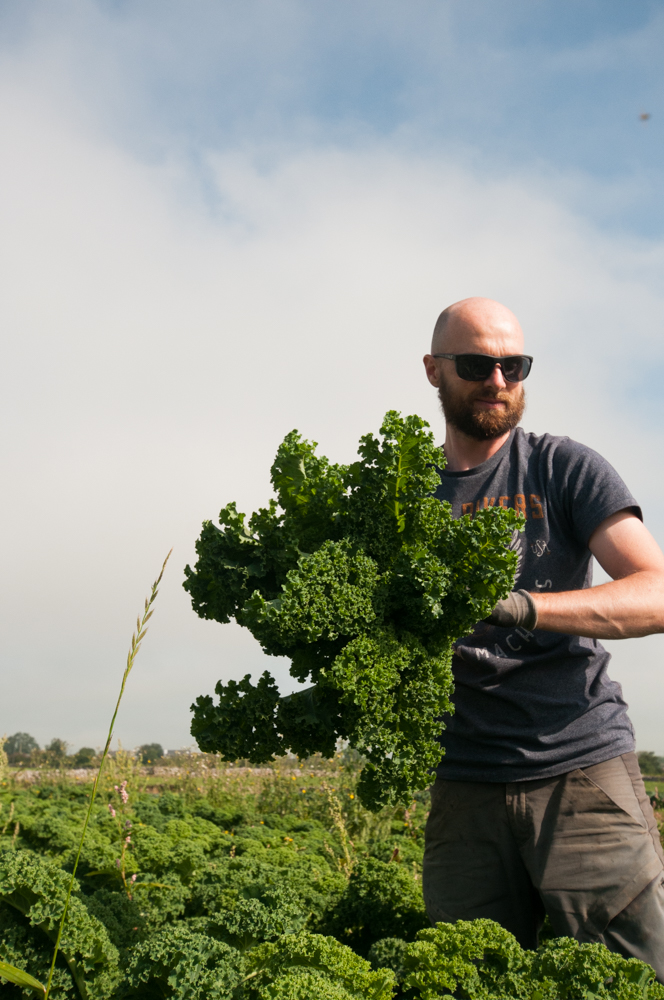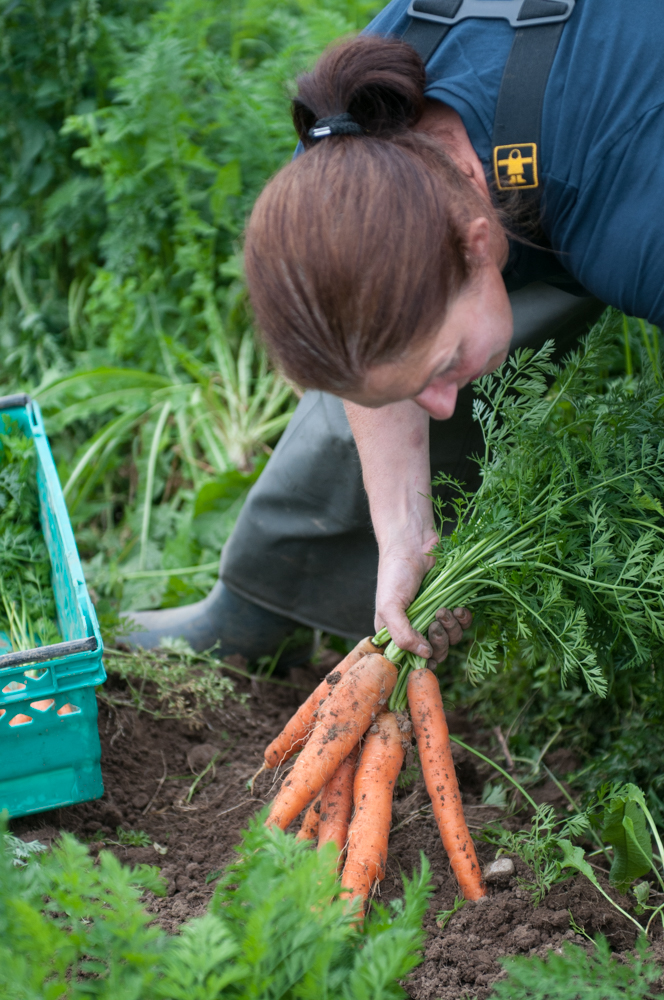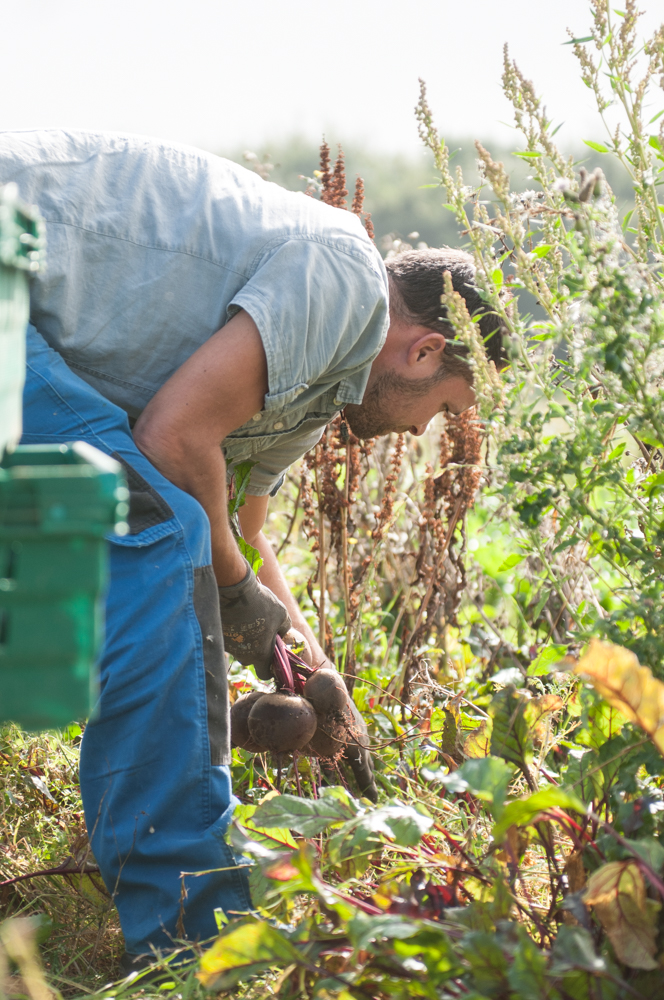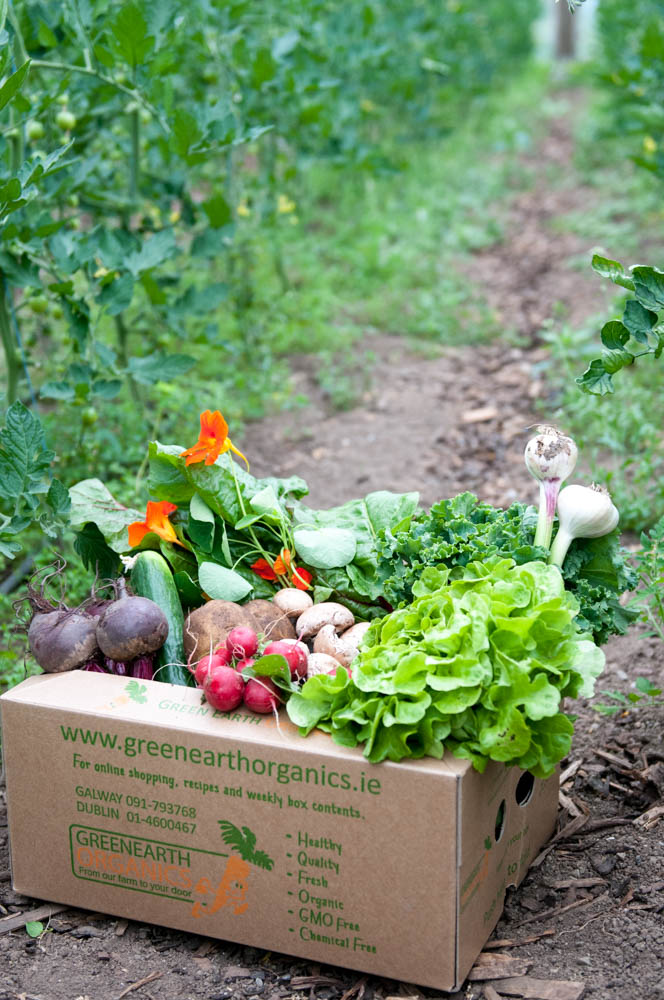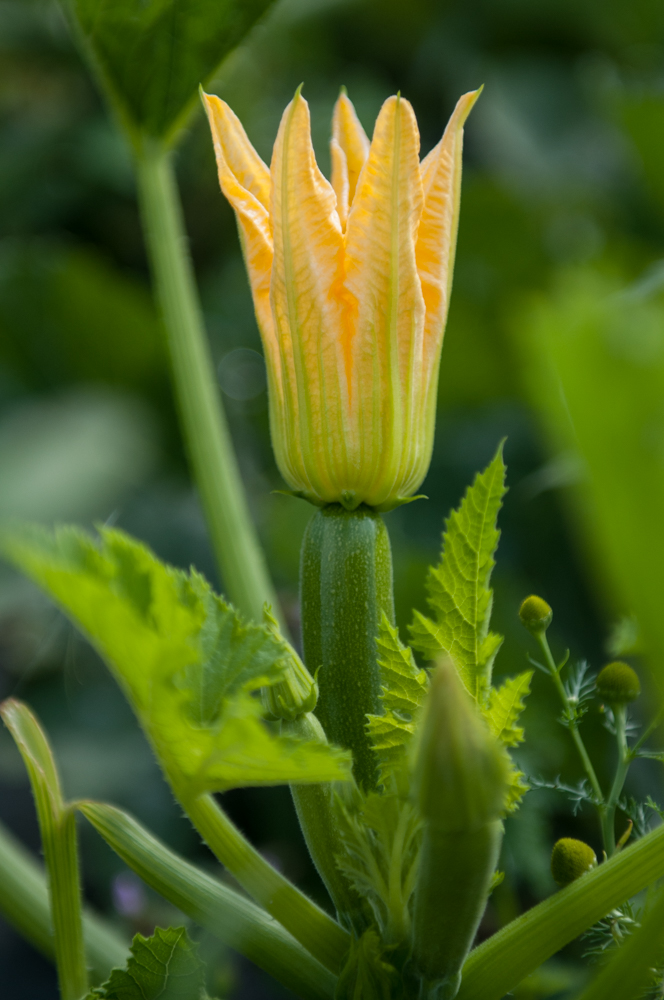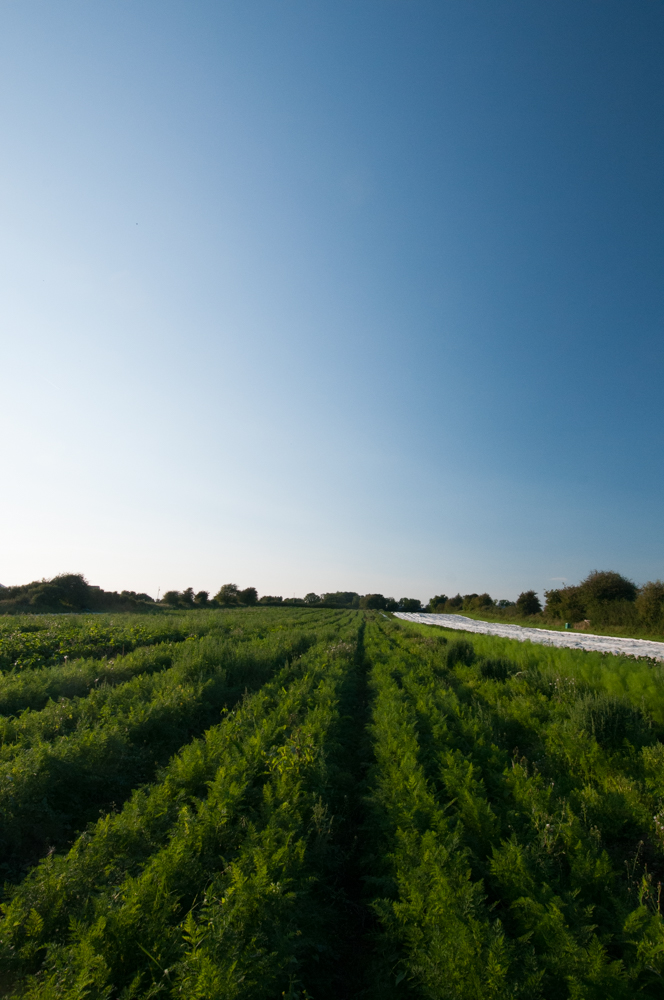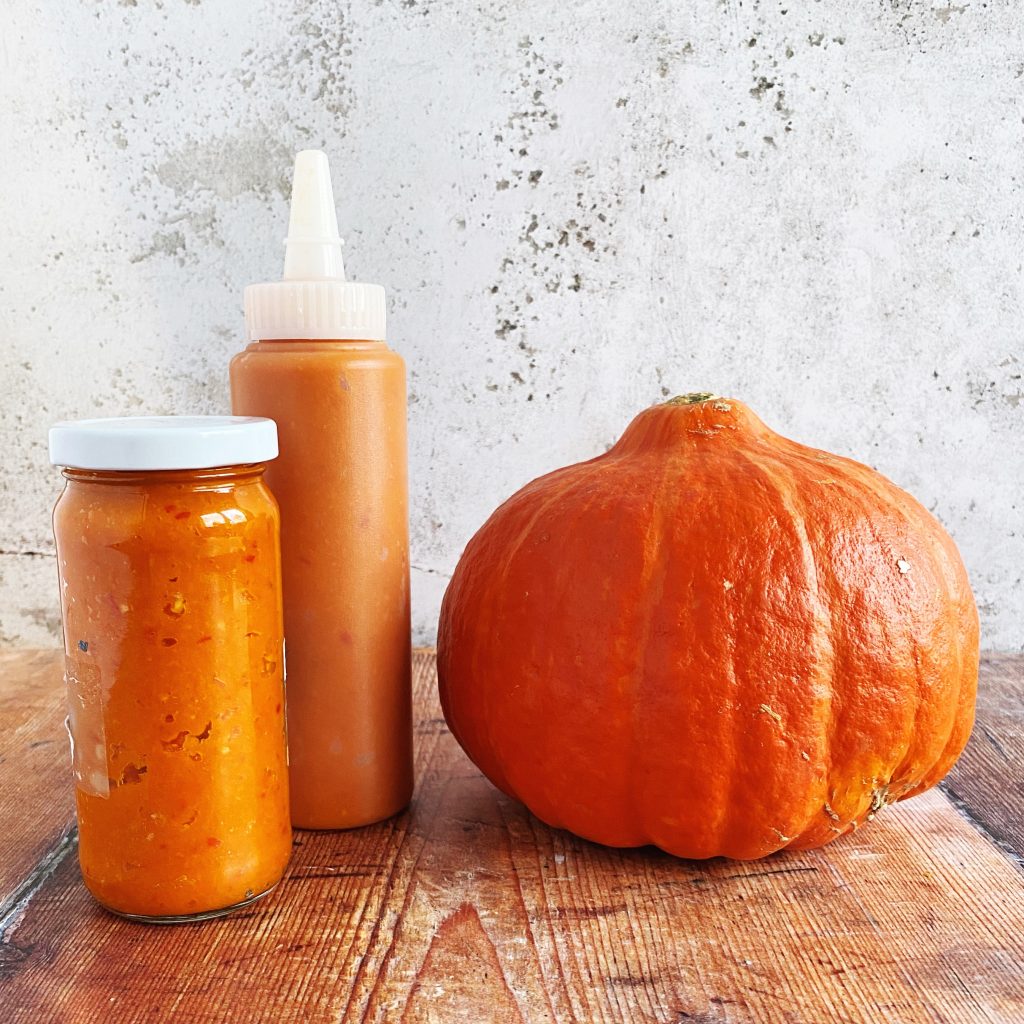
Sriracha is an absolutely addictive hot sauce which originated in Thailand. It’s so good that it has broken in to pretty much all food shops worldwide. If you’ve not squirted it over your noodles or rice or mixed it with mayo to dunk chips in, you are missing out. There are countless recipes online to recreate your own version, but being the ferment-obsessed chef I am, I make it raw and lacto-fermented. Sounds complicated, but it’s actually easier than cooking the sauce and it lasts better too! This seasonal pumpkin version is really really good. A fab way to use up your carved pumpkins shortly after halloween? Or for even more flavour just use any winter squash like butternut or our own grown Kuri Squash.
Liz x
Ingredients
- pumpkin or winter squash – roughly 300g
- natural salt – 3% of the pumpkin weight so 3g for every 100g pumpkin
- chilli – to taste, I used 6 red chillies
- garlic – to taste, I used a whole bulb
- ginger – optional and to taste, I used a thumbs worth
Method
- Ensure you have a clean work surface, large mixing bowl and glass jar. You will also need a clean chopping board, knife, grater and small blender.
- Grate the squash into a large bowl. Weigh how much you have grated then work out what 3% of that weight is.
- Add the 3% weight of natural salt and mix it well into the grated squash.
- Remove the chilli stalks and peel the garlic. Then blend the chilli, garlic and ginger into a paste in a small blender or smoothie maker. You may need to add a splash of water to help it blend.
- Using a utensil or gloved hands, mix the chilli paste into the grated, salted pumpkin.
- Then tightly pack the mixture into a large jar. You want to avoid creating air pocked in the mix so use a spoon or a rolling pin to ensure everything is squished in nice and tight.
- Add a ‘follower’ and a weight to hold the mixture below the brine and prevent exposure to air. A good example of a follower is a cabbage leaf and you can use a glass ramekin or a small water glass to weigh it down.
- Put the lid on the jar (or if it doesn’t fir over the weight then cover with a tea towel and secure with an elastic band or piece of string) and allow the mixture to ferment at room temperature for at least 1 week.
- If your lid is secure, you will need to ‘burp’ your jar once or twice a day to allow gases to escape. Simply loosen and re-close the jar. If you are using a clip top jar it will self-burp. Remove the rubber ring to help it breath easier.
- After a week your sriracha will be tangy and facto-fermented. Scrape it out into a clean blender or a jug and blend into a smooth sauce.
- Pour into a squeeze bottle or any vessel you prefer and refrigerate. The sauce should last well in the fridge, at least 3 months.
- Enjoy on everything that needs a spicy kick!
